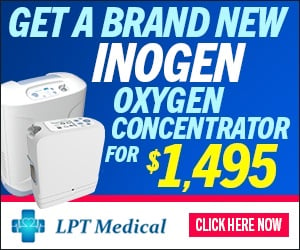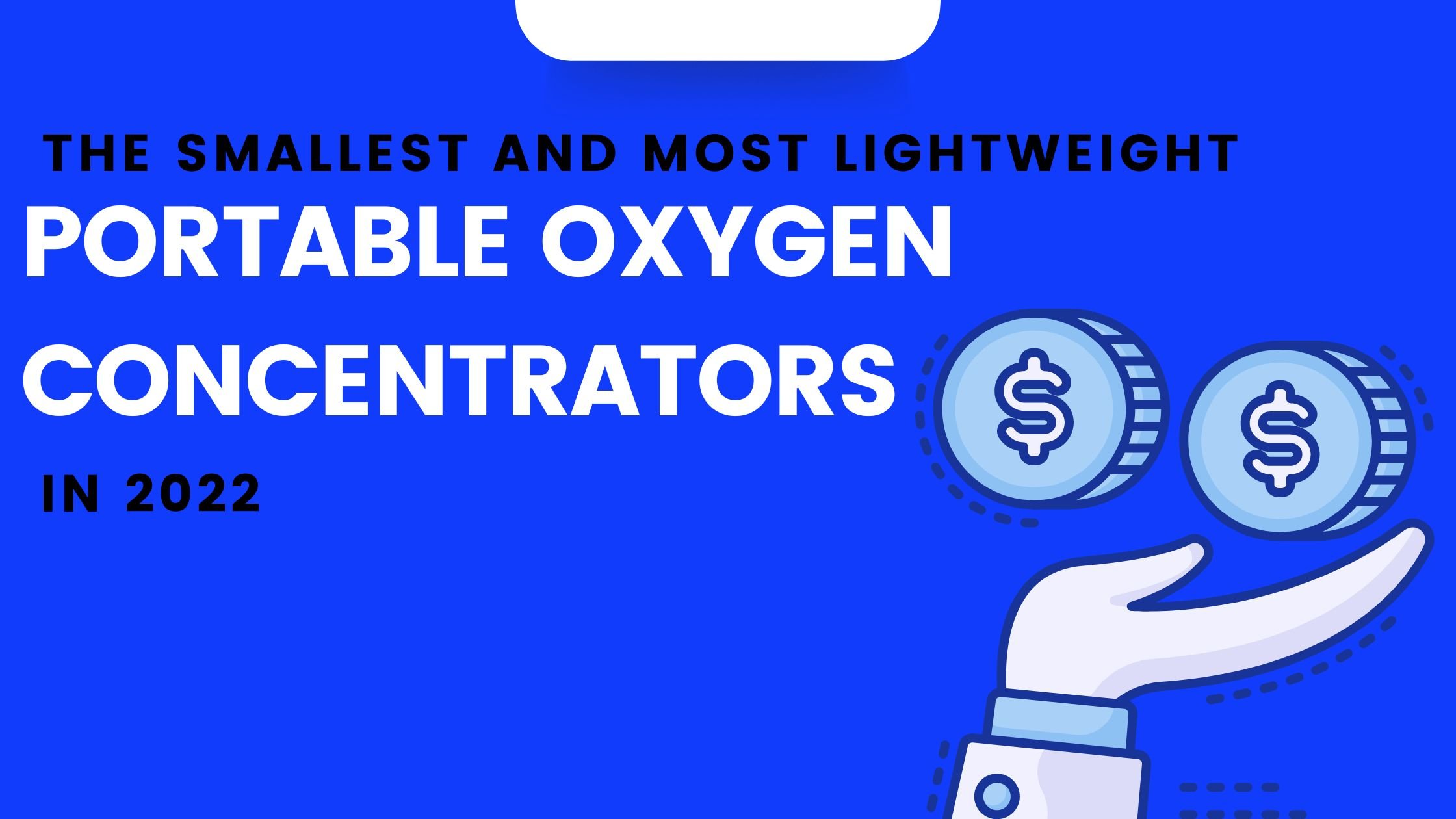
If you’re a respiratory patient with a condition such as COPD, pulmonary fibrosis, or cystic fibrosis, you’ve likely accepted change as a normal part of your life. Being able to implement treatments into your life such as pulmonary rehabilitation, supplemental oxygen therapy, and an improved diet routine is never easy, but it is essential if you want to feel better and improve your long-term prognosis.
But it’s important to remember that COPD treatment rarely remains stagnant. There will likely be a time — whether it’s several weeks, months, or years down the line — when you’ll need to make adjustments to your routine. This could be due to your doctor discovering more information about your condition or it could be caused by a serious event such as a COPD exacerbation.
Either way, you’re going to need to be adaptable in the way that you approach your condition.
For example, if your doctor prescribes you 4 hours of supplemental oxygen a day, you might be tempted to get a cheap oxygen device that will simply “get the job done.” However, since COPD is a progressive disease, it’s safe to assume that you will eventually be prescribed more oxygen use by your doctor.
When this happens, you’ll be stuck in a difficult situation where you need to sell your old oxygen device and get a new one that better suits your long-term needs.
This is why we recommend small lightweight portable oxygen concentrators to the vast majority of people who need oxygen. Even if you don’t think you’ll be getting out of the house every day, portable oxygen allows you to have much more freedom within your own home.
LPT Medical's respiratory specialists will be able to get you the best deal possible on them. So give us a call or fill out the form at the side of the page to get your free oxygen concentrator guide.
In the meantime, we’re going to be taking a look at the smallest portable oxygen concentrators of 2022. Feel free to leave a comment if you have any questions.
Why is it Important to Have a Small Portable Oxygen Concentrator?
The term “portable oxygen” implies that the machine is lightweight, durable, easy to use, and most importantly — small. Just like how you judge the portability of your phone by how well it fits in your pocket, concentrators can be judged by how easily they can be carried on your shoulder. The smaller the concentrator, the easier it will be to carry it under your shoulder without interrupting your walking.

Another major benefit of small portable oxygen concentrators is that they’re much easier to store. If you ever need to put your concentrator in storage, you can rest assured you’ll find a place for it.
Also, since you don’t have to transport small portable oxygen concentrators on the ground, you won’t have to worry about not being able to put it on a table where it could spread germs. This is especially important during this time when people are trying to avoid coronavirus.
There are three different types of oxygen concentrators: home oxygen concentrators, continuous flow oxygen concentrators, and pulse dose oxygen concentrators.
The latter two are the only ones that can be labeled “portable” because they can actually deliver oxygen while you’re moving. Home oxygen concentrators, however, need to be connected to a wall outlet in order to put out oxygen.
.png?width=628&name=The%20Best%20Portable%20Oxygen%20Concentrators%20of%202017%20(6).png)
The AirSep Focus
The AirSep Focus not only holds the title for the lightest portable oxygen concentrator but it holds the title for the smallest portable oxygen concentrator as well. Weighing in at only 1.75 pounds and with dimensions of 6.4” H x 2.5” D x 4.8” W, the AirSep Focus is truly a mini portable oxygen concentrator. In fact, this device is so small that you can even wear it on your belt!
The AirSep Focus has 2 pulse flow settings with a total oxygen output of 330 milliliters per minute (ml/min). This is not always enough for oxygen patients, so that will completely rule out this option even if you do like the idea of having an ultra-lightweight portable oxygen concentrator.

The AirSep Focus has less then average battery life compared to some other devices we talk about iin this blog. Battery life is what enables you to get out for longer without having to run home and charge your device, and the AirSep Focus only offers 1.5 hours per charge with the standard battery and 3.5 hours per charge with the 8-cell battery.
However, the purchase of an AirSep Focus comes with two micro-batteries, so you’ll get 3 hours of battery life right out of the box.
Since AirSep wanted to make the Focus as simple and small as possible, you won’t be able to adjust the flow rate or audible output settings. In fact, unlike most other portable oxygen concentrators, the Focus doesn’t even have an interface with controls on it. Simply turn the device on and you’ll start receiving oxygen. This makes for a very “bare-bones” experience that’s perfect for someone who isn’t looking for something too fancy.
AirSep Focus Specs
| Volume |
76.8 in² |
| Dimensions |
4.8” Wide x 2.5” Deep x 6.4” High |
| Weight | 1.75 Pounds |
| Flow Rate |
Pulse Flow Setting 2 |
| Battery Life |
Up to 3 Hours |

The Inogen One G4
In a way, Inogen is like the Apple of oxygen concentrator manufacturers. While they haven’t produced medical equipment for as long as other companies like Caire Inc. or ResMed, their consistent drive to improve the freedom and independence of oxygen patients everywhere has put them at the forefront of the oxygen industry since the early 2000s.

The Inogen One G4 was released all the way back in May of 2016, but it’s still one of the most popular portable oxygen concentrators on the market. It weighs in at only 2.8 pounds and it has dimensions of 7.2” H x 5.91” L x 2.68” W, so it’s the smallest and lightest portable oxygen concentrator behind the AirSep Focus.
While the Inogen One G4 is not small enough to clip to your belt like the AirSep Focus, it is small enough to fit in a purse or handbag. However, we don’t recommend doing this because it could damage the machine and prevent it from processing oxygen correctly. Fortunately, the G4 comes with a convenient carrying case and adjustable strap so that you can sling it over your shoulder.

The only real limitation the G4 is that it doesn’t go beyond 630 ml/min of oxygen output or a pulse flow setting of 3. This is almost twice as much as the AirSep Focus, however, it still may not be enough for many oxygen patients. Before investing in the G4, make sure that your doctor approves of it first so that you don’t end up with an oxygen machine that doesn’t meet your needs.
Inogen One G4 Specs
| Volume |
114 in² |
| Dimensions |
7.2” H x 5.91” L x 2.68” W |
| Weight | 2.8 Pounds |
| Flow Rate |
Pulse Flow Settings 1-3 |
| Battery Life |
Up to 4.5 hours |
The Inogen One G5
As we said, Inogen does not take their work lightly, and this is no different when it comes to their latest portable oxygen device — the Inogen One G5. Releasing in the summer of 2019, the G5 immediately seized the title of “the most powerful pulse dose portable oxygen concentrator” with 1,050 ml/min of oxygen output. As of right now, the only other oxygen machine to match that is the Caire FreeStyle Comfort which was released earlier this year.

All things considered, the Inogen One G5 is one of the best portable oxygen concentrators for people with high oxygen demands. It offers an outstanding battery life allowing you to get out of the house and stay out for longer, it’s under 5 pounds, and it’s compact and durable. Since it’s so new, you can expect it to be fully supported by Inogen and oxygen retailers for many years to come.

There are a number of accessories sold separately from the G5 that can help you make the most of it. For example, the 16-cell battery will effectively double your battery life, allowing you to stay out and about for up to 13 hours on a flow setting of 1! The G5 external battery charger is also a great option for people who are on the go and want to be able to charge batteries more quickly. Normally, batteries need to be connected to the unit in order to charge, but this device will enable you to charge one separately.
Inogen One G5 Specs
| Volume |
191 in² |
| Dimensions |
8.15" H x 7.19" L x 3.26" W |
| Weight | 4.7 Pounds |
| Flow Rate |
Pulse Flow Settings 1-6 |
| Battery Life |
Up to 13 hours |
.png?width=218&name=G5-Oxygen-Concentrator_418x418-removebg-preview%20(1).png)
The Respironics SimplyGo
It’s not very often that we would mention a continuous flow portable oxygen concentrator on a list of “the smallest portable oxygen concentrators,” however, the Respironics SimplyGo is the one exception. Continuous flow machines tend to be much heavier and larger than pulse dose units because they have to put out a much larger volume of oxygen than their counterparts.

Unfortunately, not all patients are able to use a pulse dose machine, either because it doesn’t provide them with enough oxygen, or their doctor specifically advises them to use continuous flow. The Respironics SimplyGo is 10” H x 6” D x 11.5” W and weighs in at only 10 pounds making it both the lightest and smallest continuous flow portable oxygen concentrator on the market. While the SimplyGo can be carried using a shoulder strap, if you have chronic back pain or some other disability, it’s recommended that you use the rolling cart. Fortunately, this accessory comes with the device, so you won’t need to make any additional purchases in order to experience the freedom that you deserve!

If that was not enough, you’ll be happy to know that the Respironics SimplyGo also comes with a pulse flow option. There are 5 different settings with a maximum oxygen output of 2,000 ml/min and the standard continuous flow option will afford you between 0.5 and 2.0 liters per minute (LPM) of oxygen. Keep in mind that your battery will last longer on one charge when you’re using the pulse dose setting as opposed to the continuous flow setting.
Respironics SimplyGo Specs
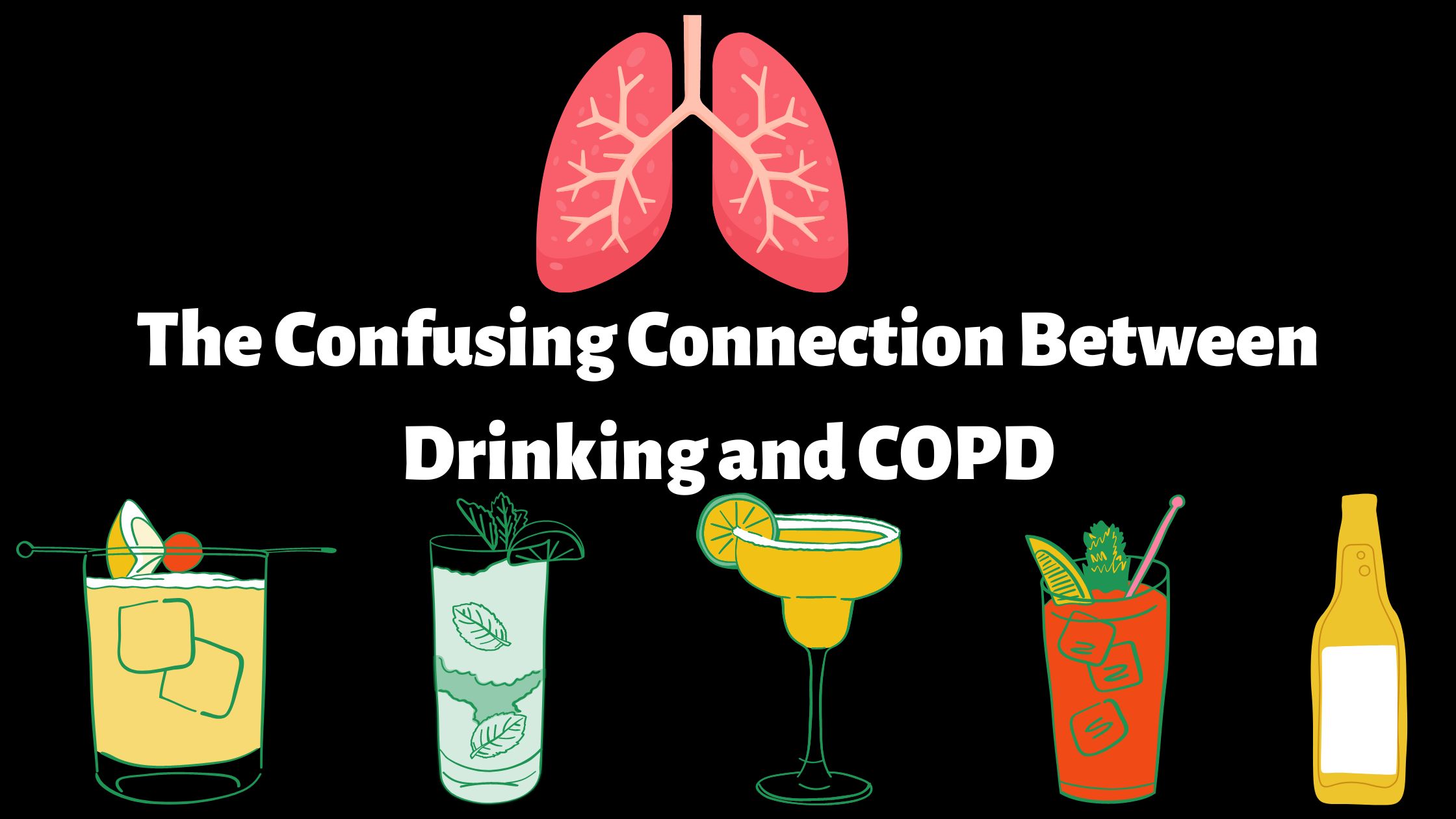
Smoking is one of the main causes of chronic obstructive respiratory disease (COPD), but what does drinking have to do with it?
COPD is in reference to a group of lung diseases that affects your lungs in certain ways all of which impact your body’s ability to breathe. This includes chronic bronchitis and emphysema.
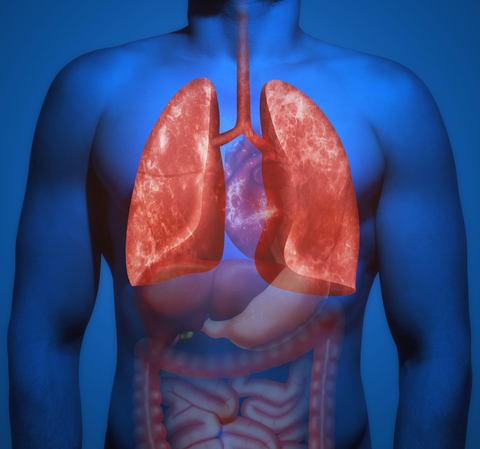
Airways blockage is the most invasive part of COPD and related respiratory disease. Whether your airways are blocked from excess mucus production or inflammation, this will result in reduced lung function and capacity. It can also damage and inflame your lungs beyond repair. In fact, there is no cure for COPD.
Studies show that COPD is very common in people who smoke, in fact smoking is the leading cause of chronic obstructive pulmonary disease. That being said, drinking is a factor that complicates the condition.
People who frequently smoke also typically drink. Therefore, understanding the relationship between drinking, smoking, and COPD is slightly confusing.
As always, if you are in the market or interested in learning about your oxygen therapy options you can contact LPT Medical. If you decide that you are looking for a portable oxygen concentrator, just call 1+(800)-946-1201 to speak with an oxygen specialist!
{{cta('fa8abc2a-1e88-4fa3-82fd-1cb5b9ed43b2','justifycenter')}}
COPD Smoking and Drinking
So there is a link between people who are dependent on alcohol and tobacco users, but there is less research that suggests there is a connection between alcohol consumption and COPD.
In the following sections we will look at how smoking and drink can cause and complicate COPD. \

So it is established that there is a relationship between drinking alcohol and smoking. In fact, people with alcohol dependence are three times more likely to be smokers than the average population.
Smoking is a lung irritant, one of the worst and most invasive lung irritants there is. COPD is caused by long-term exposure to lung irritants. Therefore, it makes sense that smoking is the leading cause of COPD.
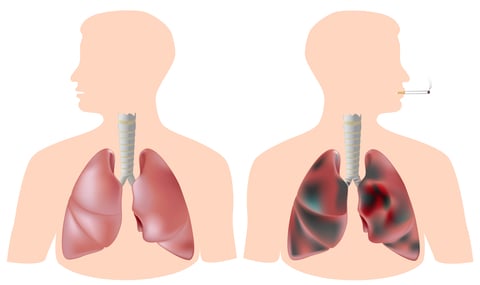
Other lung irritants like pipes, cigars, and even wildfire smoke and air pollution can also cause COPD. The Centers for Disease Control and Prevention (CDC) calculated that 15 million Americans are currently diagnosed with COPD and of those 15 million, almost 40% of those people still smoke.
Research Explaining COPD and Drinking

Drinking Alcohol Can Damage Lungs
Heavy alcohol use can cause damage to the lungs in a few different ways
So, there is research that is suggesting heavily drinking alcohol reduces glucose levels. Glucose is important because it helps protect your lungs from damage against smoke. Therefore, the combination of drinking and smoking is very volatile, and harsh on your lungs, nad bodily functions.
In addition to reducing glucose levels, drinking excess alcohol prevents your lungs from maintaining healthy airways. Drinking prohibits your system from effectively clearing mucus and contaminates from your airways.
Immune system
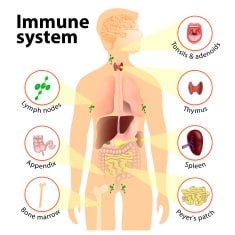
Drinking alcohol can interfere with your immune system. Your immune system is a crucial system that keeps your lungs healthy and able to fight off infections. Infections and COPD are a huge issue that could increase your chance of being hospitalized or experience exacerbated symptoms and irreversible lung damage. Alcohol’s damage to the immune system is so well known that it is a syndrome called alcoholic lung.
Cell damage

Drinking alcohol can also hurt the surface cells that line the insides of the lungs. Every cell in our body is important for function and protection. Damaging our cells that have functional purposes is going to affect you in a negative way.
The surface cells are there to protect your lungs from inhaling damaging materials you breathe in everyday. Parts of your lungs are lined with hair-like cells called cilia who get rid of things inhaled out of the lungs. The bottom line is that heavy alcohol use harms this whole process.

Alcohol Vapor

Heavy drinking also causes inflammation. Alcohol is actually an irritating chemical, not just a liquid. Because of this, the vapor in alcohol harms your cells in the upper and lower parts of your airway, leaving them inflamed and irritated.
When people drink alcohol some of it is absorbed in the bloodstream while some of it diffuses out into the lungs into your breath. Hence why you can smell alcohol on the breath!
This is also how breathalyzer tests work. After consuming alcohol, part of it is breathed out in the form of vapor. The vapor form is very harmful, and will cause damage to your airways. This damage is not secluded to your lungs, but it impacts the nasal passages and sinuses too. Inflammation is another issue with breathing alcohol vapor and will make you more susceptible to infections.
Reflexes
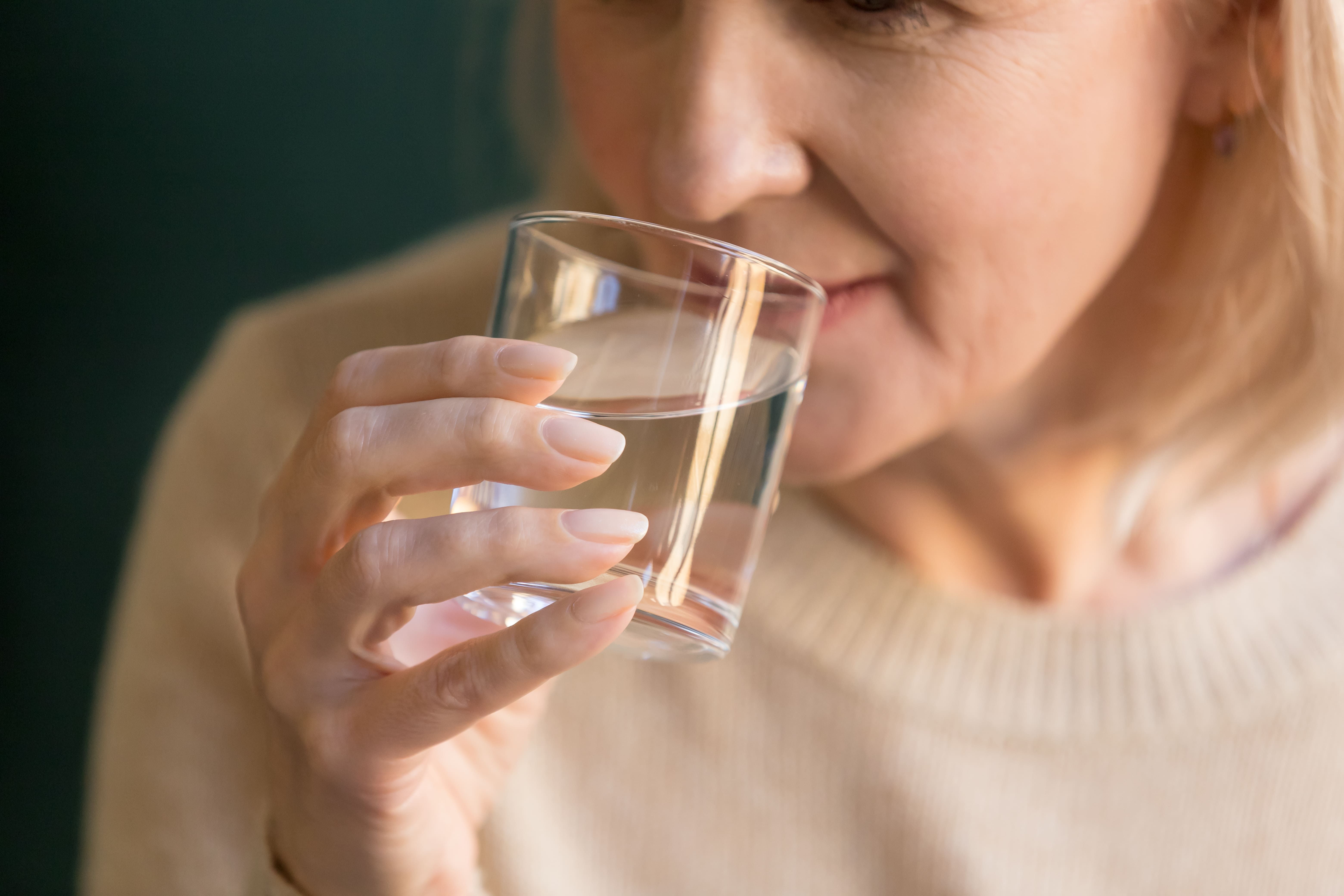
Continuing on, alcohol can also harm your lungs by inflicting some of the body’s reflexes. Getting drunk will hurt your gag reflex. The gag reflex’s function is to stop people from inhaling food, drinks, or spit into the lungs. Without the gag reflex, or if you are constantly hurting your gag reflex, it is likely you will inhale food, water, or other irritants into your lungs.
Bacterial Infections

Alcohol is known to kill some of the good bacteria that can normally be found in your mouth and throat. Without this bacteria, you will have an increased risk of experiencing a bacterial infection. In addition to that, killing the normal and good bacteria in your mouth and throat allows for bad bacteria to grow there instead causing potential dangerous infections.
Commonality of Drinking with COPD

Drinking is very common among people with COPD and chronic health conditions in general. In fact one third of people reportedly drink regularly and just under 10 percent report drinking heavily.
Even though, studies have shown that being diagnosed with medical conditions and chronic illnesses often sway people from drinking, people with COPD more often do not quit drinking. People with COPD and other respiratory diseases are as likely to quit drinking despite their diagnosis. The reasoning behind this is unclear.
However it does bring up a good point. That people with COPD and similar chronic illness were heavy drinkers before being diagnosed, suggesting drinking could have a connection to the cause of their COPD.
Other Risks Associated with COPD
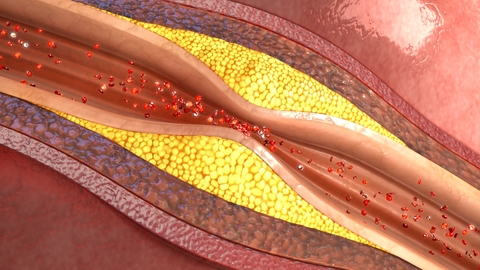
Of course, there are other causes and it is likely that COPD develops for several lifestyle reasons and habits. Some of the other causes of COPD besides smoking include, living in populated areas, breathing in harsh environmental irritants and it can even be genetic in some rarer cases.
That being said, about 90 percent of COPD patients can conclude their COPD is caused by smoking.
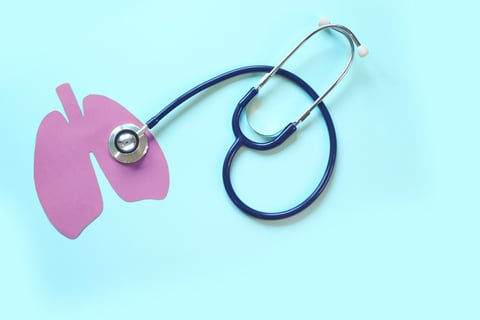
The smaller population of COPD patient who have never smoke can contribute their disease to:
- Exposure to secondhand smoke
- Exposure to pollution and other environmental toxins like wildfire smoke
- Breathing in burning chemicals or fuel
- Disorders including alpha-1 antitrypsin deficiency
Overview
While there is no direct relationship indicating that drinking alcohol is the cause of COPD, there is evidence that drink does impact the respiratory system in certain negative ways.
We hope this blog sheds light on what drinking can do to the lungs, and how alcohol can impact a person with respiratory disease.
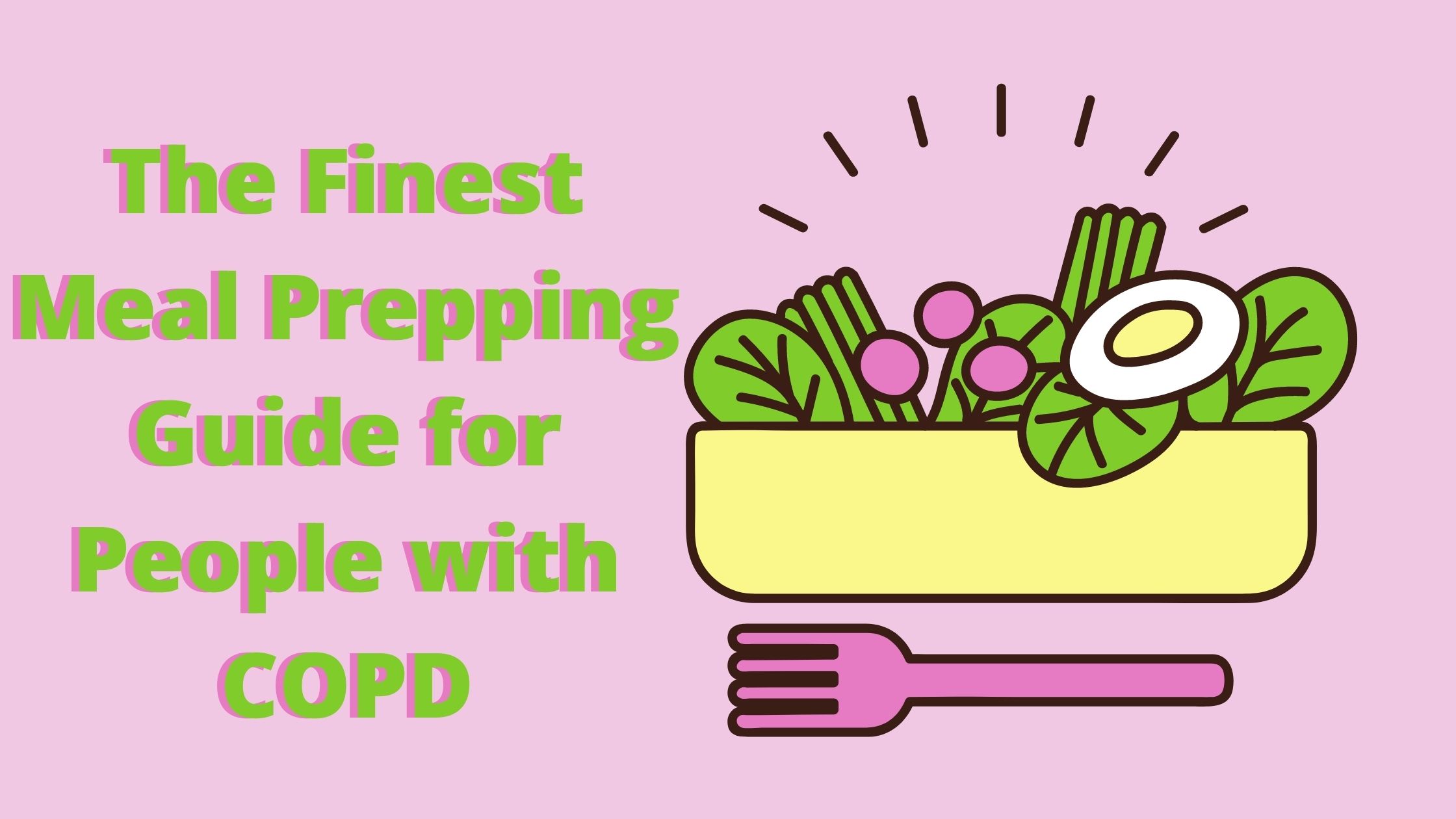
COPD is a disease that affects your respiratory system. That being said, what you eat and how your stomach feels can greatly impact the way you breathe. Whether that's good or bad, is up to you!
{{cta('fa8abc2a-1e88-4fa3-82fd-1cb5b9ed43b2','justifycenter')}}
If you suffer from chronic obstructive pulmonary disease (COPD), you might find that eating specific foods and following certain diets can help manage your condition. You also might realize eating certains foods makes me feel worse, and can make your symptoms worse.
It is important that you eat food. COPD patients often lose a lot of weight throughout their diagnosis.
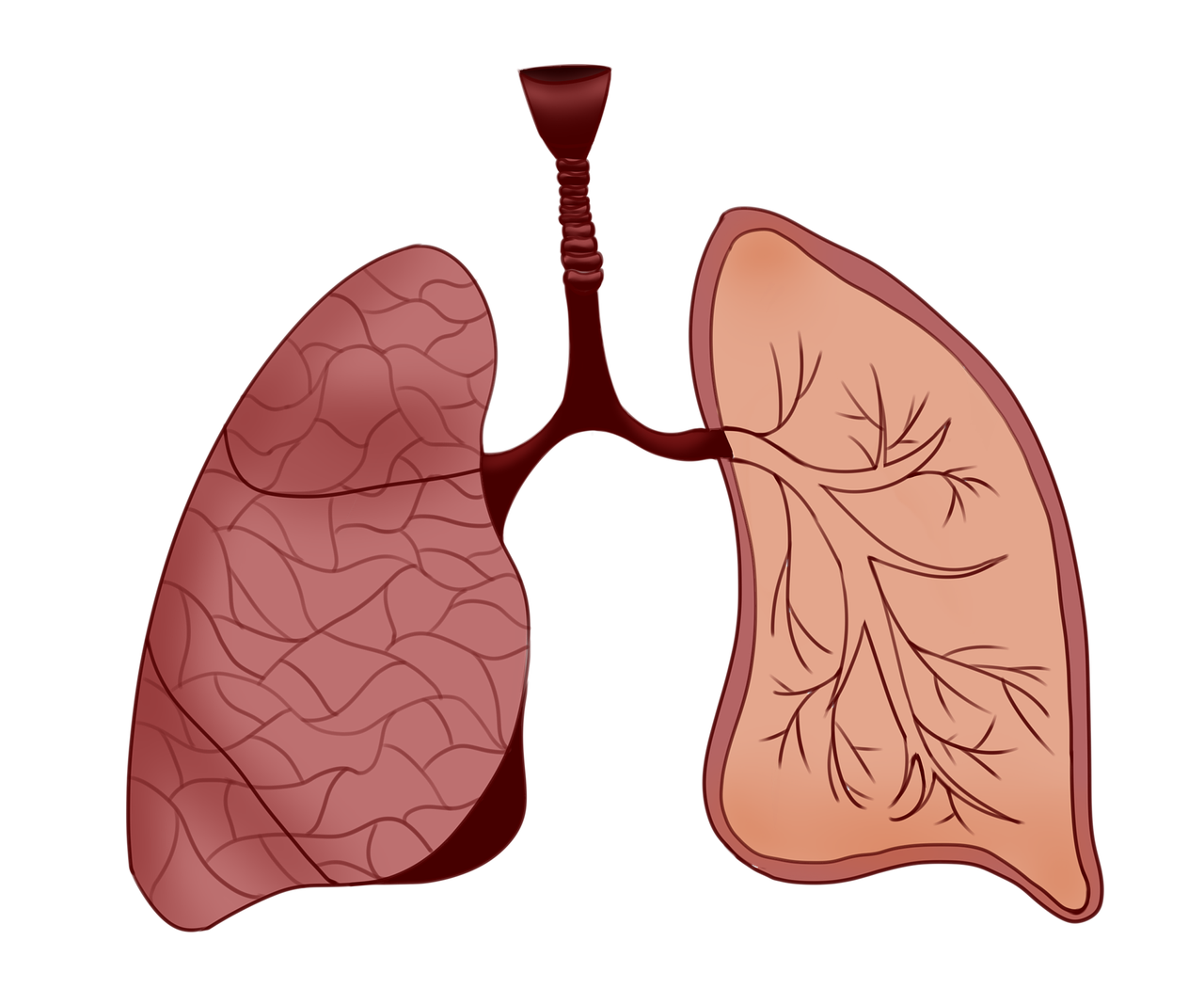
This article describes how diet affects COPD. We outline the best diet for COPD patients. And we include foods you should eat and foods you should avoid. We also provide an example meal plan you can follow, along with tips for cooking and eating.
How Diet Can Affect COPD

While COPD is a lung condition that limits your airflow making it hard to breathe, incorporating a healthy diet into your daily life can actually help you manage adverse health effects of COPD.
Research shows that a healthy and well-balanced diet can have the following beneficial health effects in people with COPD:
- reduces inflammation in your airways
- maintains and improves muscle strength in your body and lungs
- improves lung function in general
- Lowers metabolic and heart disease risk
The process of changing food to fuel in the body is called metabolism. Therefore, oxygen and food are the essentials materials metabolism. The energy and carbon dioxide created after eating and breathing are the finished products.
![]()
The right mix of nutrients in your diet can help you breathe easier.
Best Diet For COPD Patients

Your body is uniquely YOU! Therefore, there is not one single diet that all COPD patients must follow. Instead, you need to eat food that gives you fuel and energy, the food you eat should not make you feel bloated or full, and it should be a relatively healthy source of vitamins and minerals.
A healthy diet is essentially just the right mix of nutrients and a lot of variety. As a COPD patient you can cater your diet to help you breathe easier. Diet is a crucial aspect you need to discuss with your healthcare team. Together, you can comprise a meal plan, just for you.

It might be helpful to meet with a registered dietitian nutritionist (RDN). Their knowledge and expertise will help you get on track. You can also find an RDN who specializes in COPD by visiting the Academy of Nutrition and Dietetics or simply discuss this topic with your doctor.
Foods you Should Eat

While there is no strict diet COPD patients need to be on, there are general rules as to what foods will make you feel energized, light, and well-balanced
As a COPD patient you need food that are high in complex carbohydrates, fiber, protein, and Mono and polyunsaturated fats.

If you are like most people, all of those words don't mean much to you. And reading the small labels on foods is time-consuming and let's face it TOO SMALL TO READ!
Here is a what you need to know about foods you should eat:
Complex Carbohydrates
Complex carbohydrates contain long chains of sugar molecules. This is all scientific jargon, but it essentially means that complex carbohydrates are a great source of energy.

Here are some foods that contain complex carbohydrates:
- Fresh fruit and starchy vegetables
- Whole grains
- Whole grain bread and pasta
- Beans and lentils
Fiber Rich Foods

A person with COPD should eat foods high in fiber. you should be aiming to get around 20–30 grams of fiber each day. Here are some ideas of fibrous food you can start to incorporate into your daily diet:
- beans and lentils
- fruits and vegetables
- nuts and seeds
- whole grains, such as oats
- vegetables
Protein

Research shows that people with COPD have increased protein needs because protein rich foods help increase your muscle mass. This means that COPD patients do benefit even more from protein than individuals without COPD. Incorporating protein-rich foods during meals and snacks will improve your nutritional status and subsequently your quality of life.
Foods that are high in protein include:
- Meat and poultry
- Fish
- Eggs
- Nuts and seeds
- Tofu
- Cheese
- Milk
Mono and Polyunsaturated Fats
Basically, mono and polyunsaturated fats are good fats. These healthy fats can lower cholesterol, which is helpful for everyone, including individuals with COPD.

Some foods that contain these fats include:
- Olive oil and avocado oil
- Salmon
- Nuts and seeds
- Avocados
Foods you Should Avoid
If you have COPD, certain foods can make you feel worse.
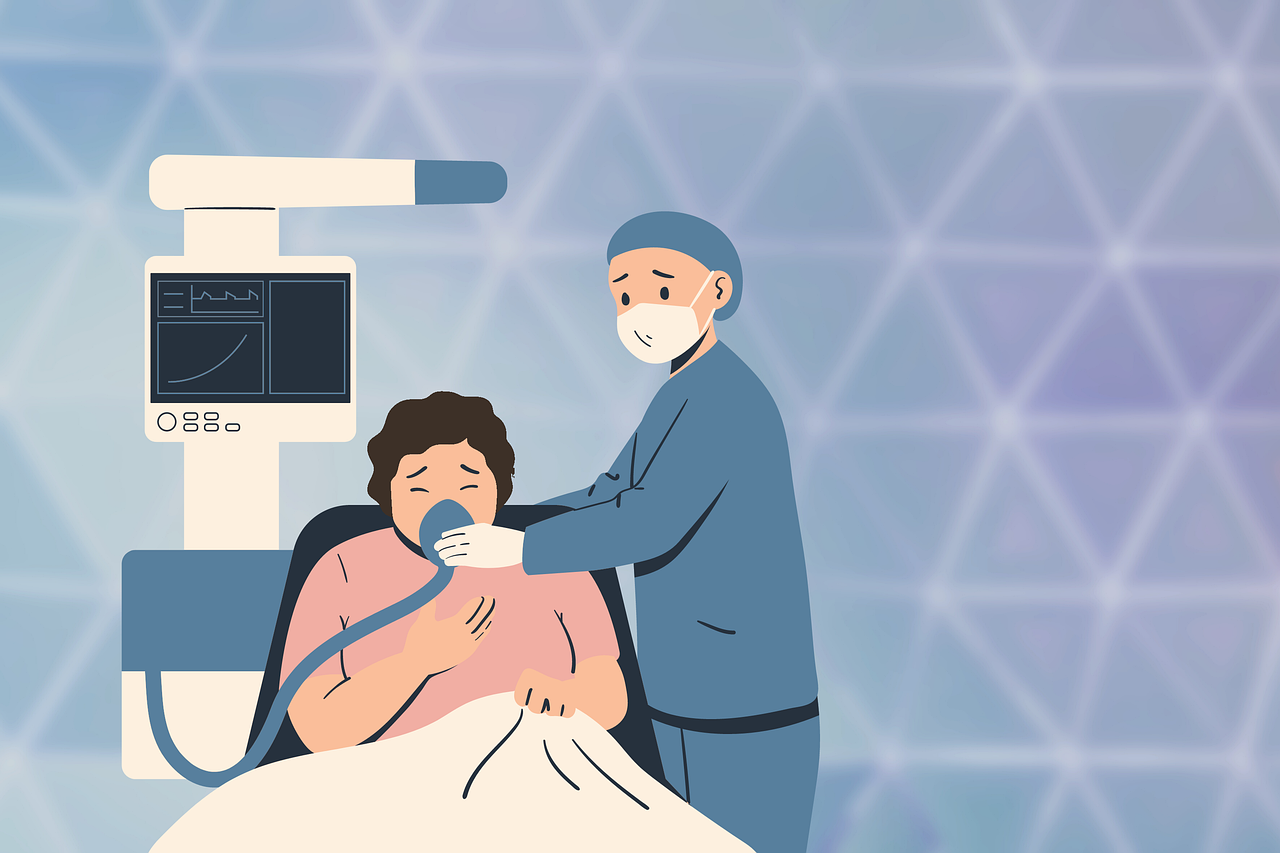
The common symptoms associated with COPD include difficulty breathing, coughing, wheezing, and mucus production. All of these symptoms can be exacerbated or made worse depending on the food you eat everyday.
In addition to eliminating exposure to smoke and other air pollutants, there are certain foods that a person with COPD should avoid in order to minimize the symptoms. Here are some of the foods and ingredients you should avoid eating if you have COPD.
Simple Carbohydrates
Simple carbohydrates offer less nutrients than complex carbohydrates. Foods consisting of simple carbohydrates include:
- Table sugar
- Chocolate and candy
- Cakes and other sugary desserts
- Sugary drinks
- Processed foods
- White bread and pasta
Many high-fat foods are nutritious, and people can include them in a healthful diet. However, many highly processed foods are high-fat, and people with COPD should avoid or limit them to promote overall health.
High Fat Foods
People with COPD must avoid or limit the following high-fat foods:
- Fast food
- Bacon and other processed meats
- Fried foods
- Sugary pastries
- Margarine
- Ice cream
Example Meal Plan
As mentioned in the beginning of this blog, meal plans and your diet should be unique to you, your health, and your lifestyle. With that being said, people can consider the following meal plan as a guide and talk to you diatian or doctor about developing a meal plan that works best for you:
|
Breakfast |
oatmeal with strawberries, blueberries, and almond butter |
|
Snack |
Boiled egg and fresh sliced vegetables |
|
Lunch |
Grilled chicken breast with salad and new potatoes |
|
Snack |
Mixed nuts |
|
Dinner |
Grilled salmon with quinoa and zucchini |
|
Desert |
Greek yogurt with pumpkin seeds and berries |
Meal prepping tips

Preparing meals and cooking can be very challenging for COPD patients. First and foremost, you should always be using your portable oxygen concentrator even while cooking to ensure you are getting the oxygen you need to maintain your energy and oxygen levels.

Even with your oxygen therapy, COPD can make you feel low energy so you might not feel up to cooking. If this happens to you, you can consider trying the following methods:
- Quick meals: Find healthy recipes that take less than 30 minutes to prepare and cook. The less challenge and the less steps involved the better. Also, buy pre-cut vegetables to reduce meal preparation times further.
- Crock-Pot: Find healthy crock-pot recipes. You can throw the ingredients in, and simply leave all it there to cook over several hours with minimal effort.
- Leftovers: While cooking, you can try to make more than you need so that you have leftover food for your next meal or even the following days.
How to Eat More Regularly
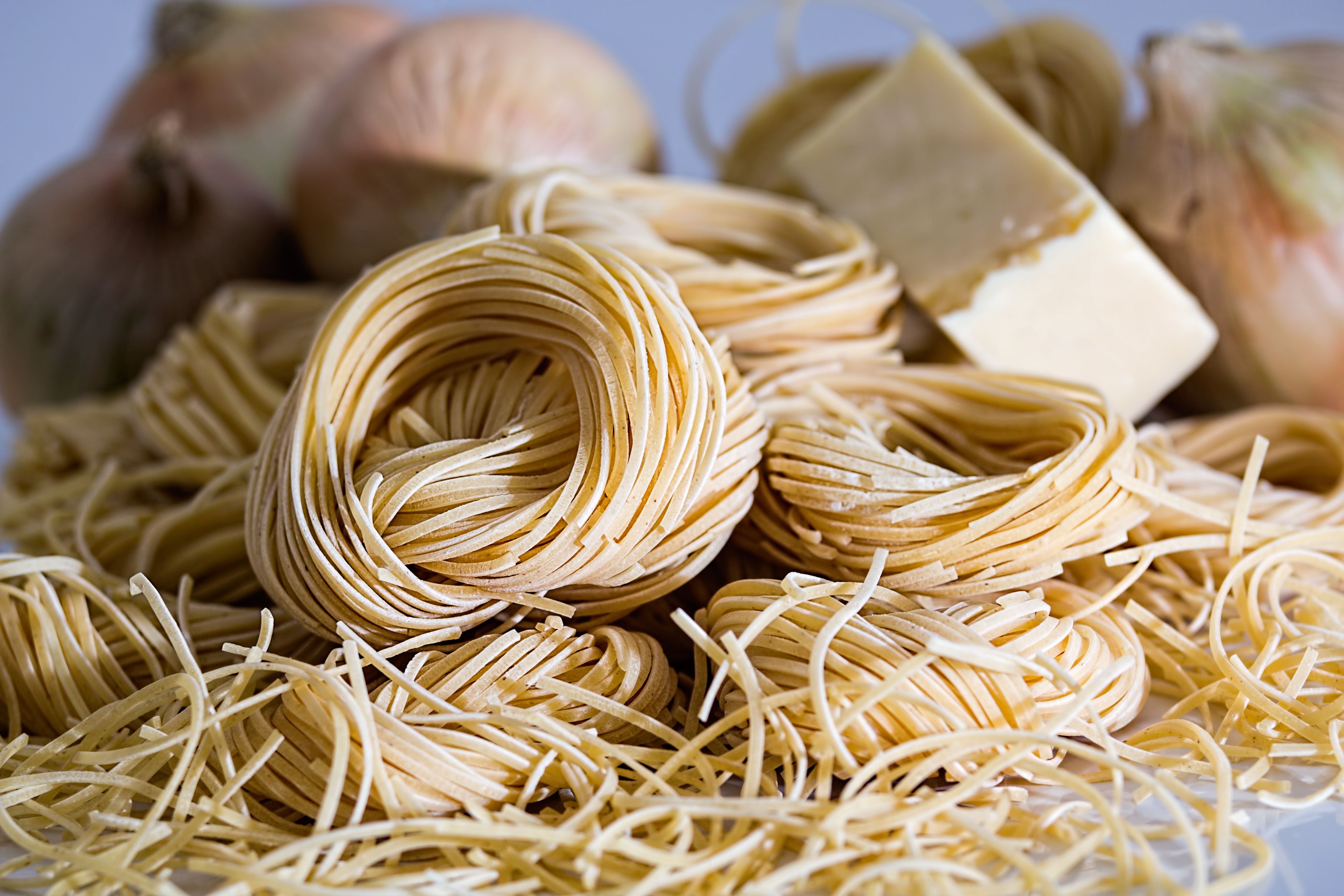
If you have COPD, eating can be challenging. Not only is the process of cooking tiring, but the act of eating can be overwhelming for some. Some people with COPD may experience a lack of appetite due to breathing difficulties and general chest discomfort.
Here are some eating hints:
- Rest just before eating.
- Eat more food early in the morning
- Avoid foods that cause gas or bloating
- Eat 4 to 6 small meals a day
- limit liquids with meals; drink an hour after meals.
- Talk to your doctor about taking a nutritional supplement
-
If you are using oxygen therapy, continue to use your supplemental oxygen device, even while you eat.
Overview
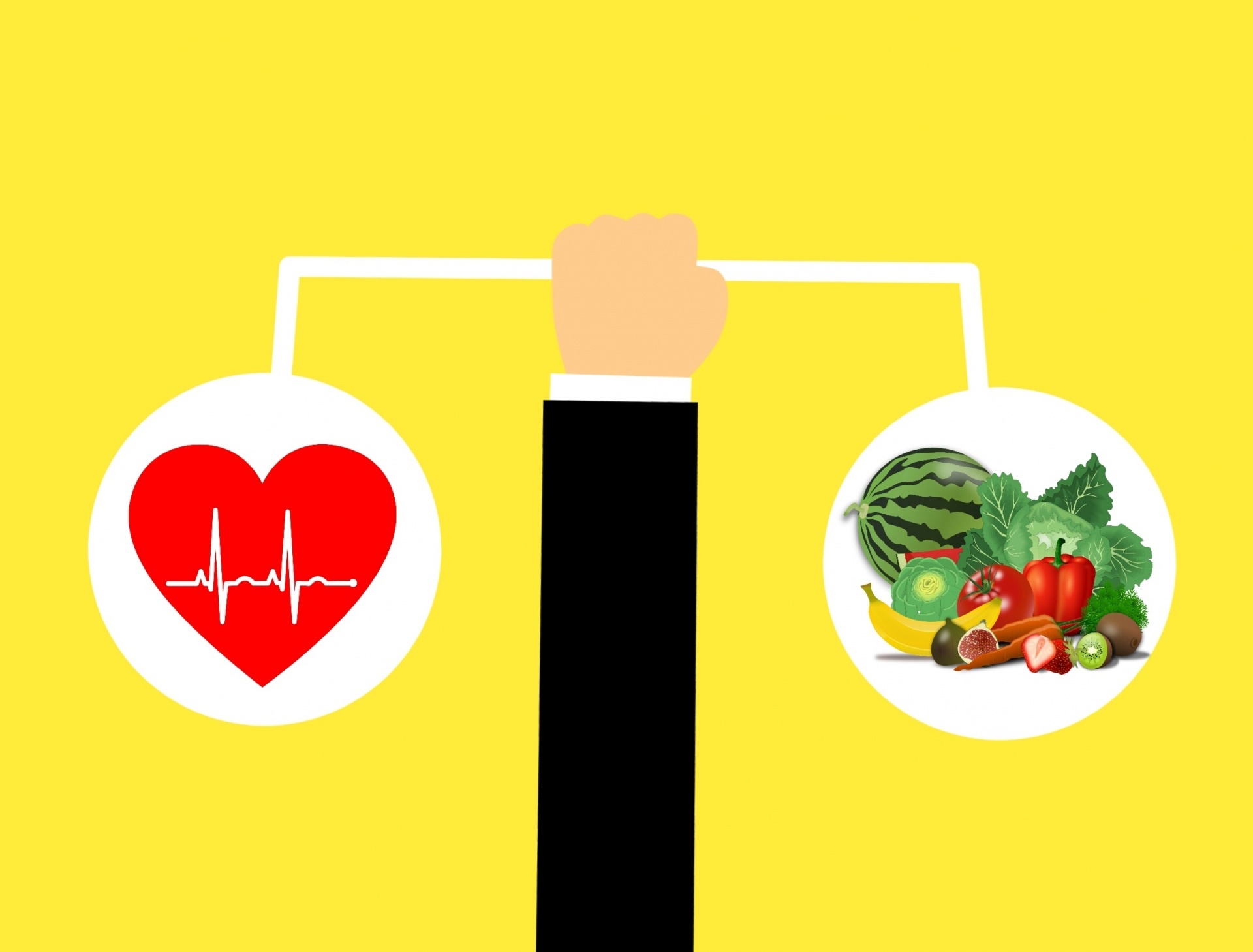
We really hope this blog gives you some ideas for meals and snacks that can help you feel better and more energized throughout the day!
It is also our hope that you learned how consuming a balanced and nutritious diet may alleviate some of the breathing difficulties you experience with COPD. Eating healthy is also a crucial step towards preventing certain health complications in the future.
As person with COPD, you should try to eat plenty of protein, complex carbohydrates, and fiber-rich foods. Your snacks should add healthy sources of fat to your diet. Avoid foods high in fat like processed food and try to stay away from sugary drinks and food.
After reading this blog, if you are considering changing your diet or lifestyle, talk to your doctor for advice on how to do this safely and effectively!
Air Pollution, occupational dust, chemical fumes, cigarette smoking as well as second hand smoking can irritate the lungs. Long-term exposure to such lung irritants can lead to inflammation and the development of lung problems in some people.

One of the lung problems that you may acquire over time from the exposure is Chronic Obstructive Pulmonary Disease (COPD). It is a progressive disease that cannot be cured and makes breathing very difficult for people who have it. This is as a result of the narrowing of the airways caused by inflammation and blockage making it difficult for air to flow freely into and out of the lungs.
It is estimated that a whopping 65 million people around the world have COPD according to the World Health Organization. Many more are believed to have the disease without their knowledge.
Even though COPD cannot be cured, there are a good number of treatments and management techniques that are available such as corticosteroids, bronchodilators and pulmonary rehab among many others. Most of the people diagnosed with COPD can live a productive long life after diagnosis.

The most commonly prescribed drugs for COPD are inhaled corticosteroids, this is because steroids help reduce the inflammation in the lungs which is a chief contributor to the progression of COPD. When corticosteroids are paired with bronchodilator medication which helps to open up the airways, most patients experience relief from some of their worst symptoms.
An active area of research has been to find better ways to control the inflammation that underlies the development of COPD. It was reported by Medline Plus, a publication of the National Institutes of Medicine that antioxidants are man-made or natural substances that may prevent or delay some types of cell damage.
The body usually obtains antioxidants naturally from the food that you consume, some companies are however selling dietary supplements with the aim to increase what you derive from your diet.
In theory, if you are able to control or reverse the inflammation associated with COPD, the symptoms of this disease may be reduced and the functioning of the lungs could potentially become better. A study conducted in 2015 by the International Journal of Chronic Obstructive Pulmonary Disease explained that, “dietary antioxidants mainly vitamins C and E, are responsible for antioxidant defenses in the lungs.” A potential antioxidant effect with hydrogen has also been found by researchers.

A 2011 study in the journal Current Pharmaceutical Design found that, “hydrogen is the most abundant element in the universe constituting nearly 75 percent of the universe’s mass; however, hydrogen is absent on the Earth in its monoatomic form and is present in water and organic or inorganic compounds. Hydrogen gas, with the molecular formula H2, is a colorless, odorless, tasteless and highly combustible diatomic gas. The Earth’s atmosphere contains less than one part per million of hydrogen gas.”
It is not a new idea that hydrogen can reduce inflammation. A study done in 1975 in the journal Science first proposed its use as a cancer treatment, and ever since that time, a modicum of studies have applied the principles of hydrogen as an antioxidant to a scope of chronic diseases that are associated with inflammation, including emphysema and diabetes. Dr. Philip Diaz, a pulmonary specialist at The Ohio State University Wexner Medical Center in Columbus, Ohio said, “But there’s limited data even in animals.”
“There’s some literature and a theoretical concept that [hydrogen] might have an antioxidant effect depending on how it is delivered. But at this point it would be very premature” for patients to be receiving hydrogen as a component of their COPD treatment protocol, he says.
Despite the warning from Dr. Diaz and most other doctors that the evidence hydrogen can be used to treat COPD is not enough, some patients are using hydrogen peroxide as a so-called ‘natural’ treatment for COPD by experimenting on themselves.
A number of COPD discussion forums found online include threads about how individuals have tried to treat themselves by adding hydrogen peroxide into their nebulizers and through looking for hydrogen peroxide injections from alternative healers. However, by doing this they could face devastating consequences.

A “60 Minutes” report from CBS in 2005 investigated the use of intravenous hydrogen peroxide in the death of a woman that was undergoing treatment for multiple sclerosis and made a discovery that no reputable medical organization would recommend the use of this treatment for any disease and that its use may have led to the death of this woman.
“The National Multiple Sclerosis Society calls intravenous hydrogen peroxide ‘unproven’ and ‘potentially dangerous.’ The American Cancer Society warns ‘there is no evidence that it has value as a treatment for cancer or other diseases,’’’ the 60 minutes report noted. David Sampson, director of media relations for the American Cancer Society, says that the 2005 warning is “still accurate”. We’re not aware of any evidence that H2O2 [hydrogen peroxide] is useful as a treatment for cancer.
{{cta('fa8abc2a-1e88-4fa3-82fd-1cb5b9ed43b2','justifycenter')}}
Some studies however suggest that there could still be some potential in the use of dissolved or inhaled hydrogen as a treatment for diseases that cause inflammation in the future. The interest in this possibility has also risen as a result of increasing incidences of COPD worldwide.
A study conducted in 2017 in the International Journal of Chronic Obstructive Pulmonary Disease investigated the role hydrogen plays in smoking-induced cases of COPD in rats. “It is still uncertain whether hydrogen has effects on COPD,” the authors wrote, “or whether different concentrations of hydrogen could have different effects on COPD.” They set out to examine these views and found that there was a connection between the administration of hydrogen and the progression of smoking-induced COPD in rats.
They noted that the rats that had been administered with hydrogen lost less weight than those that hadn’t been given any hydrogen. The rats that had been administered with hydrogen also experienced reduced inflammation in the lungs, improved lung function, positive changes to the lung structure and heart tissue and restoration of balance in enzymes that support cellular health. The study also suggested that the results were better when a higher dose of hydrogen was administered.
Although the results from this study seem to be promising, it is important to note that this was a single study and it was not conducted in humans. Before your doctor even begins to prescribe hydrogen as a therapy for COPD, it would need to be repeated many more times to help paint a clearer picture of its position in the treatment of COPD. Diaz says, “that animal observation hasn’t been translated to humans and people shouldn’t extrapolate that hydrogen testing in animals. It may not be the same in humans. Basically, there’s not a lot of good evidence in people that this would work.” According to him, a lot more testing would be required for any future use of hydrogen therapy.
Meanwhile, you should follow the orders that you doctor has given you and take the medicine prescribed to you as directed. Be sure to check with your doctor should you want to take up any other alternative treatments such as acupuncture or any other conventional approach.
A good way to provide your body with lots of inflammation-fighting antioxidants without the risk of uncertain therapy is through eating a diet that is rich in fresh vegetables and fruit. Dark leafy greens, berries and other brightly colored produce tend to be rich in antioxidants. You should go ahead and add these to your next meal for a safe and natural nutritional boost.
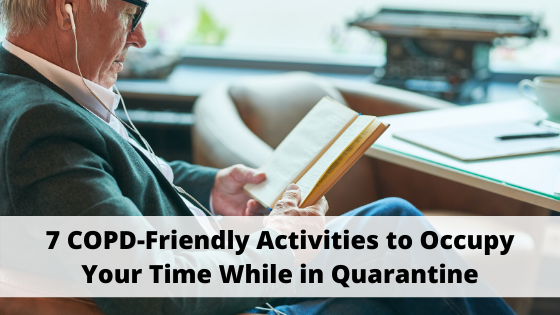
If there’s one thing that we’ve learned from the past couple of months, it’s that self-isolation is never as easy as it seems. While we all acknowledge the importance of maintaining proper social distancing in order to “flatten the curve” and slow the spread of the novel coronavirus, we also need to take the time to consider the negative effects of spending so much time alone.
Someone with a very active lifestyle may enjoy the self-quarantine because it gives them time to wind down and collect their thoughts. But for others, such as those with COPD or other chronic conditions, the quarantine can be a nightmare. Rather than being able to get outside and exercise their freedom, these people are being left at home to cope with their disease alone.
The good news is that there are ways to remedy this. With modern technology and some creativity, it is possible to regain some of the privileges we once had without having to venture out into the world. In this post, we’re going to take a look at 7 different COPD-friendly activities to occupy your thoughts until the COVID-19 situation blows over.
{{cta('b59df0c1-c4de-47a8-8e1c-0d33d4b414aa','justifycenter')}}
The Importance of Staying Busy
Many people looked forward to the quarantine initially, believing it would give them an excuse to stay in their pajamas all-day or get caught up on their favorite show. But reality hit these people hard once they found out that it’s not so easy to make it through the day with a lack of things to occupy their thoughts.
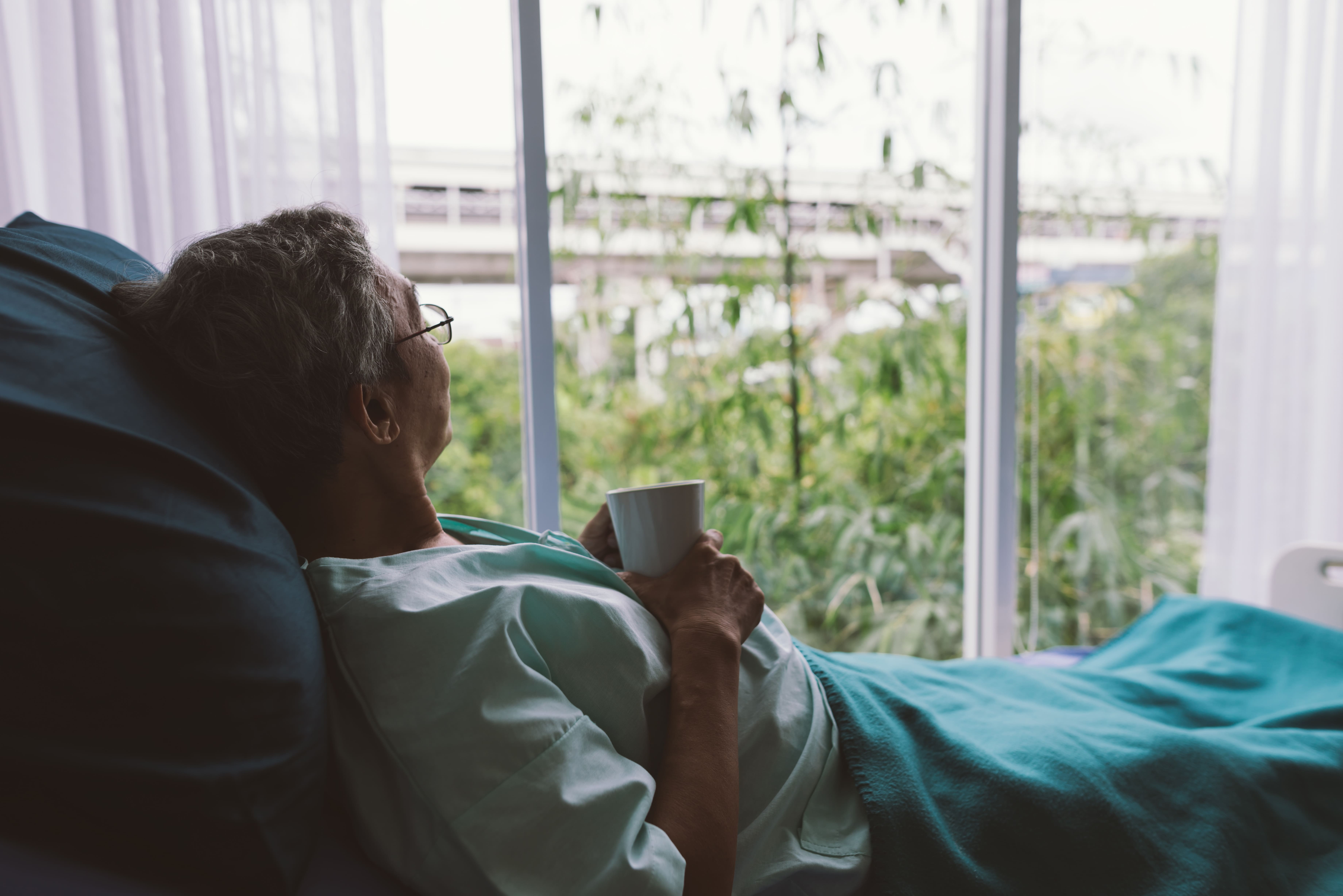
Unfortunately, self-isolation isn’t a new concept by any means; people have suffered from loneliness and social isolation for decades, and it’s taken a significant toll on peoples’ general happiness and well-being. According to a study published in the Oxford Academic Journal, 24 percent of older adults (65+ years) were considered “socially isolated.” Ultimately, this puts people at a higher risk of experiencing loneliness and other related conditions like anxiety and depression.
While hobbies and other day-to-day activities won’t completely eliminate loneliness, they will help to occupy your thoughts in your downtime. You might still have friends, family members, or caretakers who still come to visit you even during quarantine which can help combat some of the loneliness you may experience.
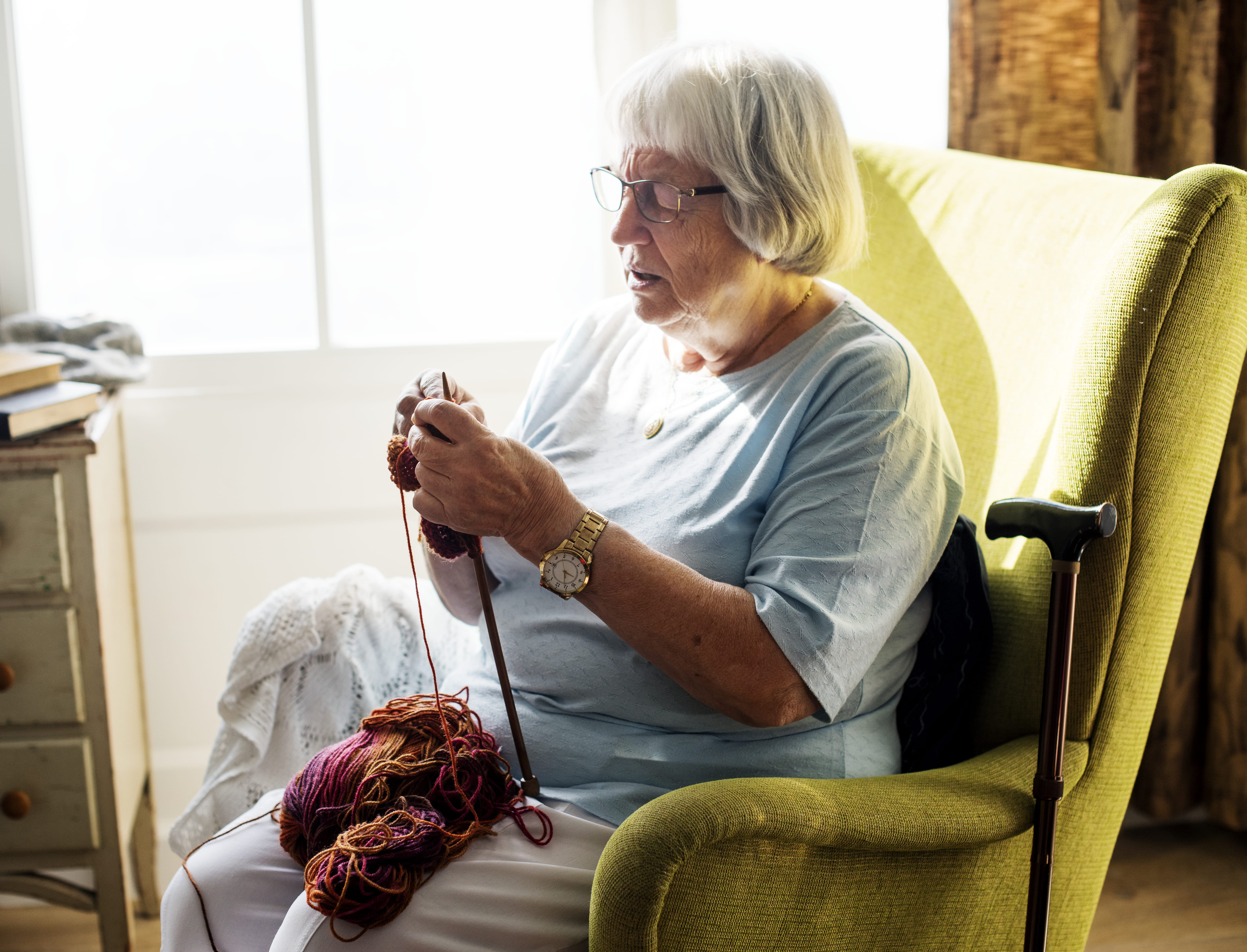
Another reason hobbies are so important is that they take your mind off your disease. If you maintain a sedentary lifestyle for too long, you’ll start to focus more on the negative outcomes of your disease. Eventually, this can lead to a vicious feedback cycle that causes you to over-exaggerate the severity of your condition. Not only could this take a toll on your mental health, but it could cause you to make irrational decisions that you wouldn’t otherwise make.
Last but certainly not least, hobbies help you to grow as a person. No matter your age or health condition, hobbies can provide you with an outlet to express your interests and learn. What’s more, it will give you more to talk about once you’re finally able to start reconnecting with people after the situation with the coronavirus starts to slow down.
Create a List of Priorities
One thing you should do before learning about COPD-friendly activities is to start working on a priority list. For many people, being at home more often can throw off your sense of direction and even cause you to lose sight of priorities that you used to keep.
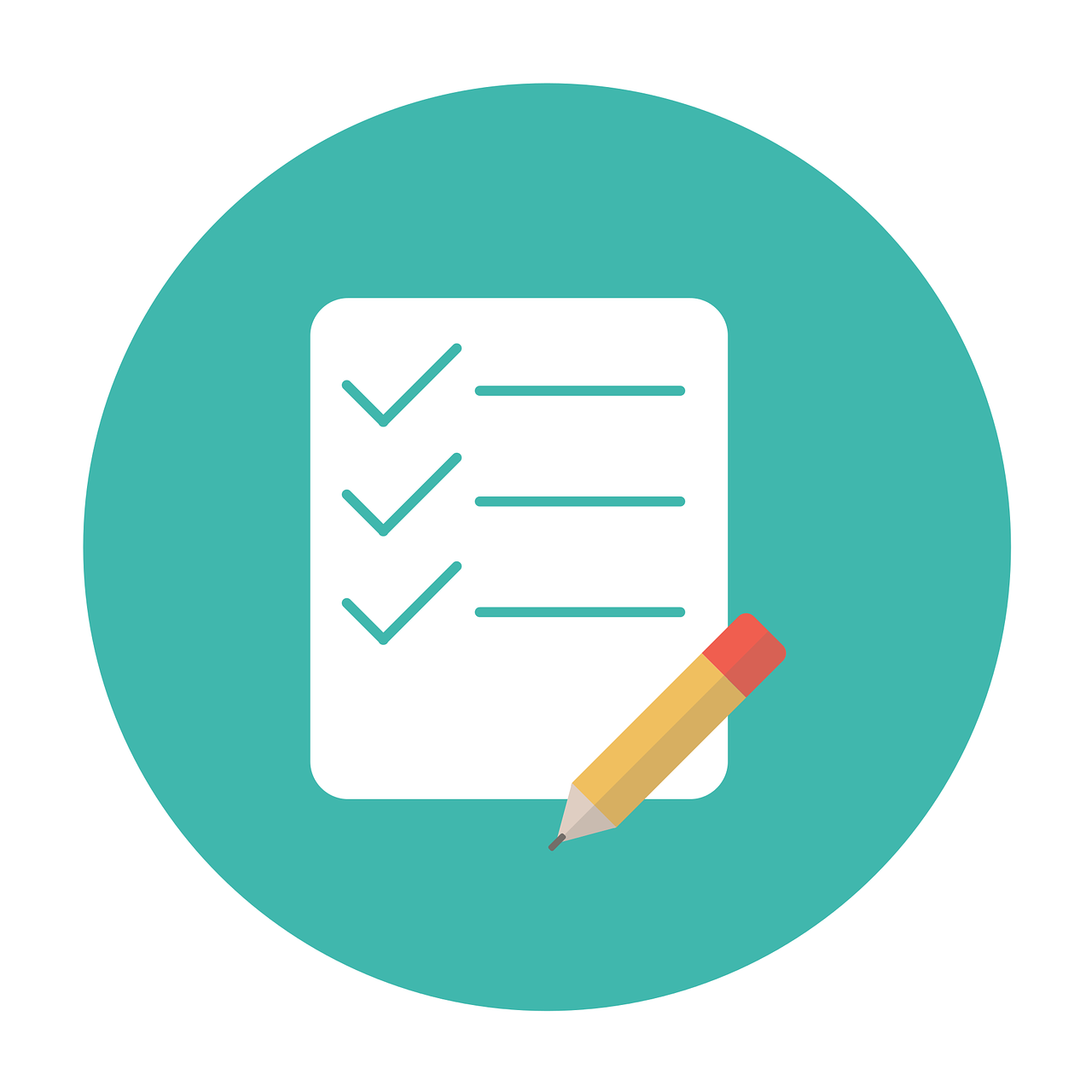
Many people have trouble maintaining a healthy sleep schedule. If you’re inside more often or you’re not exercising as frequently, your circadian rhythm could be completely thrown out of whack making it increasingly difficult to follow the sleep schedule that you used to.
If you’re concerned about this, try prioritizing hobbies that get you moving and allow you to get a healthy amount of sunlight each day. In turn, you’ll experience less restless nights and you’ll be able to stay focused on things that you’re trying to accomplish. As you read through the following list, take note of things that are important to you and structure your hobbies accordingly.
1.) Reading
Reading is quite possibly one of the most important things you can do while in quarantine. It’s one of the best ways to pass the time, foster creativity, and learn about something new. According to researchers, reading regularly can even increase survival rates among adults and the elderly.
Possibly the greatest benefit of reading a physical book is that it gets people away from their screens. For the past several decades, many people have set aside physical media in favor of more convenient digital options either via their smartphone, computer, tablet, or an e-book device like the Kindle.

But regardless of the popularity of e-books and audiobooks, physical books still remain the most popular choice for most readers. Simply put, people feel more satisfied with reading a real book because it feels more authentic and relaxing, especially when you don’t have to deal with things like computer glitches or malfunctions.
According to a study published by BMC, time spent using digital devices is associated with sleep disturbances and a higher risk factor for mental health conditions. What’s more, people who used mobile devices saw even worse outcomes. In other words, reading a book on your phone or Kindle could be even worse for your health than reading one on the computer.

Fortunately, physical books provide you with all the benefits of reading without the added risks of using a digital device. According to a study done by the University of Sussex, reading can reduce stress levels by up to 68 percent! Considering that stress is estimated to contribute to up to 60 percent of all disease, this is an extremely important factor to consider when starting a new quarantine hobby.
If you’re someone who prefers reading online articles over novels, consider printing them before reading them. This way you can find someplace comfortable to read it and avoid spending too much time on your computer.
2.) Games and Puzzles
If you want something that will keep your mind busy but aren’t much of a reader, puzzles and games are a great option too. According to Cognitive Vitality, crossword puzzles and other activities help to build cognitive reserve. This, in turn, allows someone to maintain normal cognition avoiding common conditions such as Alzheimer’s disease and dementia.
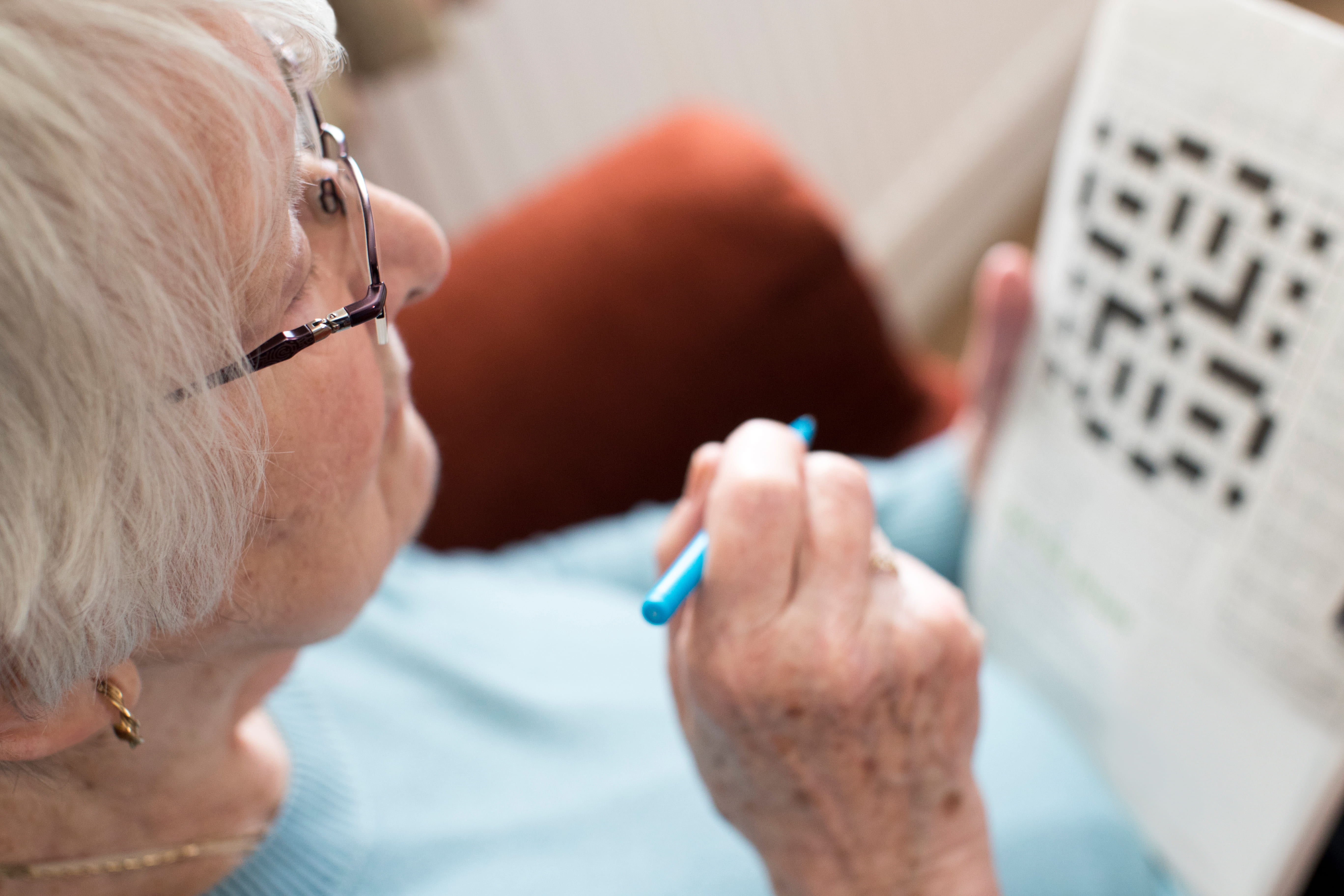
Like reading, puzzles and games can be done without the use of a digital device. Many crossword puzzles and similar games can be found in the back of magazines and you can even find entire books full of different types of games at your local book store or grocery store. This is enough to keep most people entertained for weeks or months on end.
Another great benefit of crossword puzzles is that they can help you maintain your vocabulary. There are crossword puzzles out there for just about any subject you can think. What’s more, studies have shown that the best way to memorize vocabulary is to write it down, especially when it’s written in context like with crossword puzzles.
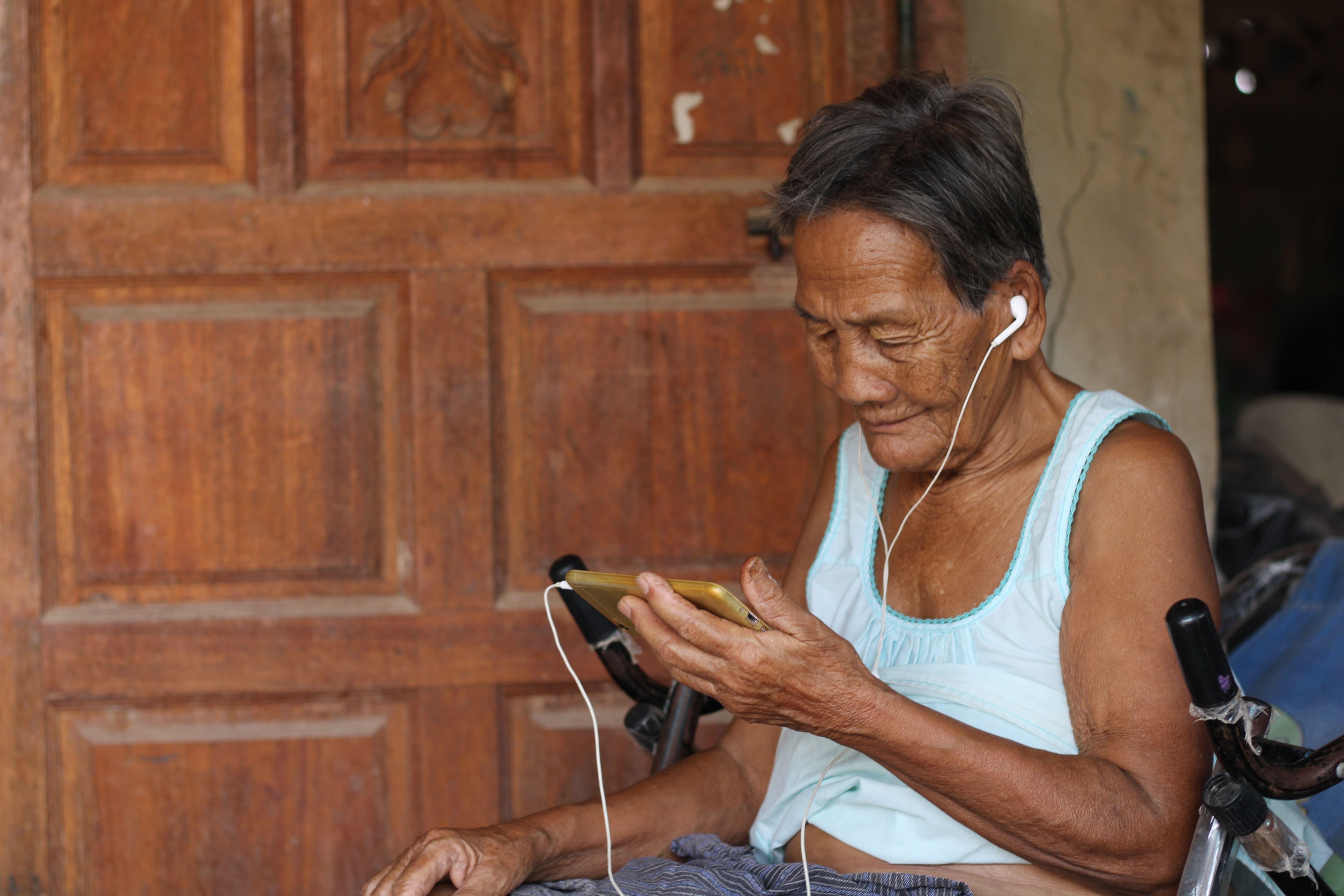
As a COPD patient, it’s important to keep your mind sharp and reduce anxiety and stress as much as possible. People who take their mental health seriously are able to more easily follow through with their treatment routine including maintaining an exercise routine, healthy diet, and medications.
3.) Practice or Listen to Music
The concept of music as a form of healing therapy has existed for centuries, however, it didn’t become a formal profession until the 1900s. Today, music therapy is used in both formal and informal settings in order to aid in treating mental health, cognitive, emotional, social, and even physical issues. While some people may question the efficacy of music therapy, it’s a type of treatment that has a long history of research backing it up.
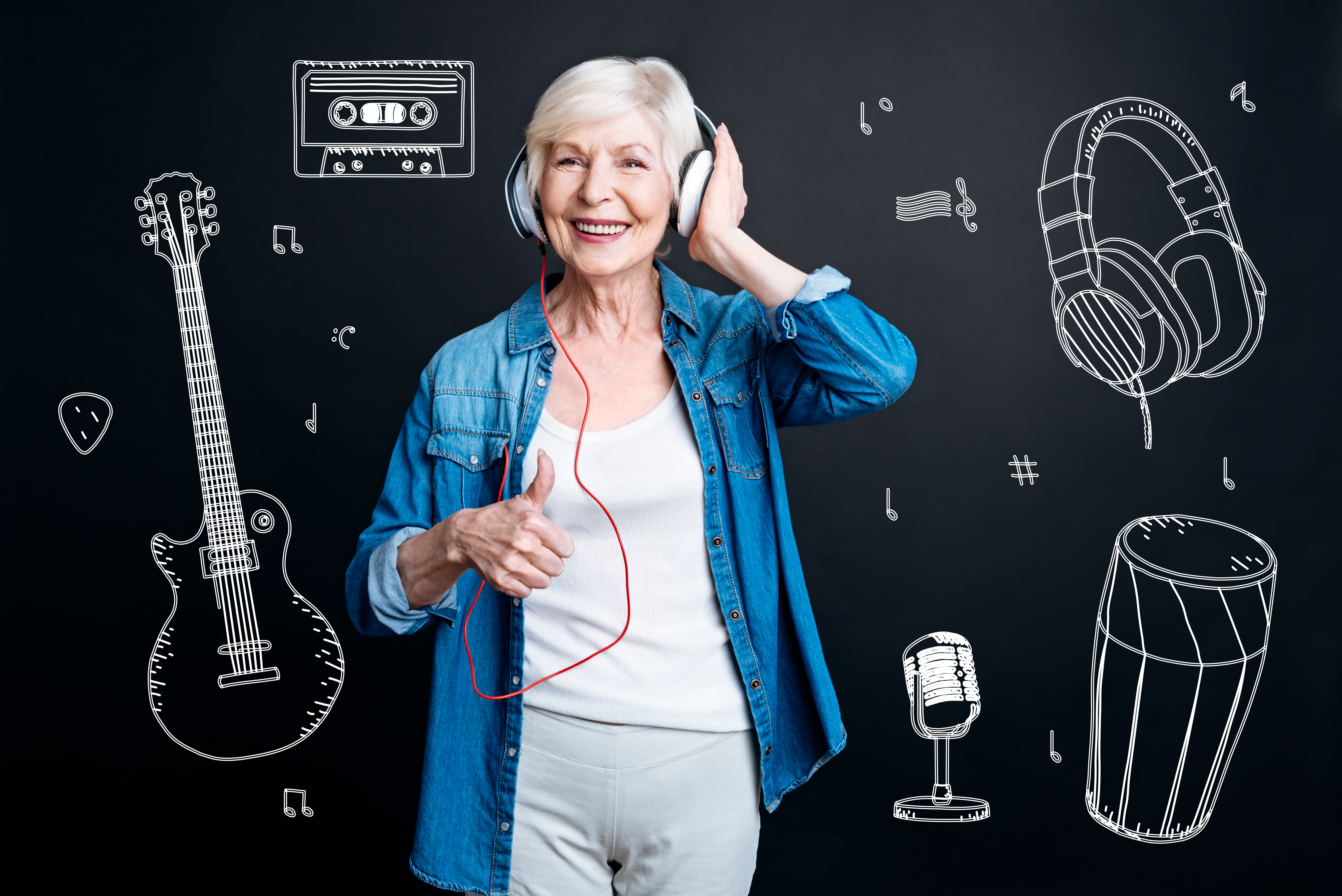
Another misconception about music therapy is that you need a professional in order to benefit from it. This couldn’t be farther from the truth as many people use music as a form of self-care to remedy stress, anxiety, depression, and other mental conditions. And the great news is that it’s very easy to get started. All you need is a music program such as iTunes or Spotify and speakers or a pair of earbuds.
Harvard Health sites a number of studies showing the positive effects of music on health. For COPD patients, stress reduction, mood improvement, and increased movement are among the most important. One study they mention tested the stress-reducing effects of music on patients before and after surgery. It concluded that patients who listened to music were less likely to need calming medication than those who didn’t.

Another study from 2011 found that music therapy can aid in preventing falls for people over the age of 65. Falling is a serious problem for seniors because as we age, our motor skills and function diminishes significantly. This problem is amplified in COPD patients who suffer from difficulty breathing and frequent exacerbations. This study concluded that walking and performing other tasks in time with music can limit falls by 54 percent.
The last study that Harvard Health sites has to do with the effects of music on mood. A 2006 study found that adults with chronic pain, such as symptoms from COPD and other lung diseases, experienced a reduction in disability, depression, and pain. Additionally, a 2009 meta-analysis discovered that music can reduce the effects of sleep disorders and promote quality sleep.
The important thing to draw from these studies is that you don’t need to work with a music therapist in order to benefit from the healing effects of music. Simply putting together a playlist of relaxing or uplifting music and listening to it for an hour or two a day can have substantial therapeutic benefits.

If you’re looking to engage more with the music, you can even try picking up a COPD-friendly instrument. Believe it or not, there are a lot of instruments that are great for COPD patients. For example, the harmonica is often recommended by medical professionals because it can help improve your lung capacity. The harmonica differs from other wind instruments like the trumpet, clarinet, or flute because it doesn’t require a great deal of air support. Another benefit is that it doesn’t weigh very much so you can easily carry it around with you wherever you go.
A couple of years ago, we wrote a great article that goes into detail about using music therapy to treat COPD. Feel free to check it out if you’re interested in learning more.
4.) Practice Tai Chi
When you think of “martial arts” you probably think of fighting methods such as judo, karate, or kendo. However, martial arts deals with a lot more than combat; it also has to do with mastering the mind and body. For someone with COPD, martial arts prove especially useful in learning to control breathing, master your motor functions, and gain more control over your thoughts and feelings.

Tai Chi is a martial arts discipline that originated in ancient China. It’s often referred to as “meditation in motion” because it applies some of the same principles as traditional meditation but adds additional components such as basic motor functions, balance, and breathing. Tai Chi is beneficial for all ages, but it’s especially embraced by older generations.
One of the great things about tai chi is that it can be done just about anywhere. If you’re confined to your home, all you need to do is clear some space in the living room or family room. It’s also a good idea to practice Tai Chi on the carpet because hardwood floors and stone floors can be slippery. You can even go outside and practice in your front or back yard, just make sure you’re maintaining good social distancing from your neighbors.

This study published in the Chest Journal examined the efficacy of Tai Chi in treating COPD. It found that, after twelve weeks, Tai Chi can be just as effective as pulmonary rehabilitation at improving muscle strength and reducing COPD symptoms such as breathlessness and fatigue. These particular participants used a form of Tai Chi known as the 24-form Yang, however, other forms of Tai Chi are proven to be effective as well.
You may be wondering, “how can I start Tai Chi?” While it’s normally advised that you join a Tai Chi group where you can learn from a professional trainer what to do, current circumstances do not permit this. Instead, it’s recommended that you use online training videos which will teach you the basics. The United States Tai Chi Community is also a great place to connect with other people and ask any questions that you may have about this martial art.
We wrote a great article about using Tai Chi to improve your COPD symptoms. You can find it here if you’re interested.
5.) Journaling and Scrapbooking
What better way to spend the quarantine than getting caught up on your journaling and scrapbooking? Admittedly, these hobbies aren’t for everyone. Some people like to document everything they do while other people prefer to tell their stories through spoken words rather than written words or pictures. But as the saying goes — you never know until you try it.

One thing about journaling and scrapbooking is that they take a lot of time, so if you’re interested in the idea, there’s really no better time to get involved than right now. They also have a lot of therapeutic effects that many people will find well worth pursuing even people who don’t typically enjoy writing or arts and crafts. According to the University of Rochester Medical Center, journaling is an effective means of reducing stress, coping with depression, and managing anxiety.
Another reason to invest time in journaling and scrapbooking is that it can be a creative outlet. As a COPD patient, it’s easy to get caught up in your daily routine of pulmonary rehabilitation, diet management, and breathing exercises. However, this doesn’t really provide you with a good opportunity to express your creativity and create something that you can be proud of. Journaling and scrapbooking can be very rewarding because there’s no right or wrong way to do them.

Lastly, these two activities give you the opportunity to provide something special for your family’s future generations. For example, if you create a scrapbook, it’s something that you can hand down to your children and they can pass down to their children when they’re old enough. This is the perfect way to create a lasting memory of your life experiences.
6.) Cooking
Cooking is another great way to pass the time while in quarantine. Whether you’ve spent your whole life cooking or you’re a beginner, there’s never been a better time to start. The benefit of cooking your own food is that it’s a great form of moderate exercise that will keep you on your feet and improve your COPD symptoms.

Another benefit of cooking is that you will know exactly what’s in your food. If you buy prepackaged food from the grocery store or eat out often, it’s hard to tell exactly what nutrients you’re putting in your body. Oftentimes, people are too afraid to turn over the packaging and read the long list of ingredients that they’re consuming, so it’s best to just avoid this altogether.
One thing to take note of while you’re cooking is to always put your safety first. Certain foods may produce a lot of fumes or smoke when you cook them and overcooking food can lead to the same results. This could lead to a flare-up in your respiratory symptoms or worse, a COPD exacerbation that could put you in the hospital. Take note of this before you start and recruit the help of a loved one if you don’t feel comfortable.
For more helpful information on cooking with COPD, check out this post.
{{cta('fa8abc2a-1e88-4fa3-82fd-1cb5b9ed43b2','justifycenter')}}
7.) Become a COPD Advocate
While there are certainly a lot of downsides to technology, one of the greatest benefits is that it enables people to stay connected anywhere they are in the world. While most people are staying inside their homes for the foreseeable future, we don’t have to worry about decades of COPD advocacy going to waste because a lot of this work can continue through the internet.

Now more than ever it’s imperative that COPD patients let people know the importance of COPD research, treatment, and funding. In crucial times like these, politicians and community leaders are working to determine the best place to allocate resources to help the greatest number of people. Since COPD is a leading chronic illness in the United States and COPD patients are at such a high risk of serious COVID-19 symptoms, our voices deserve to be heard.
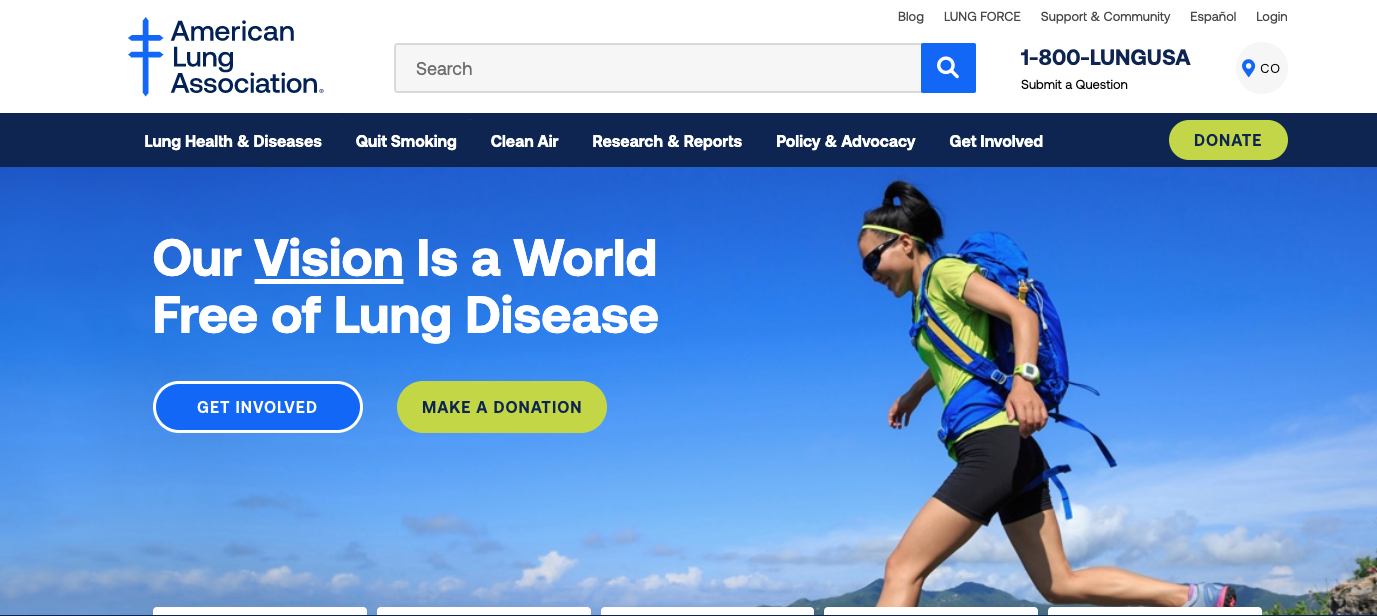
There are so many ways to get involved like the COPD Foundation, The American Lung Association, and a variety of other COPD organizations. You can even join COPD Facebook groups or start your own blog in order to tell your own story of living and coping with COPD. You can rest assured that if your thoughts are being heard, you’re contributing to the community as a whole.
If you’d like to learn more about becoming a COPD advocate, read our post on staying active in the COPD community while at home.
Conclusion
The coronavirus has taken a serious toll on the country. COPD patients need to take care to follow all safety regulations set forth by the World Health Organization (WHO) and shelter in place as much as possible in order to avoid getting sick. While you’re likely already missing going out and exploring the world or visiting friends, there are plenty of things you can be doing in the meantime to keep yourself occupied and healthy.
Try some of the hobbies above and let us know your thoughts in the comment section below. If you’re in the market for a portable oxygen concentrator like the Inogen One G5, don’t hesitate to fill out the contact form at the side of the page and one of our respiratory specialists will reach out to you to answer any questions you may have.
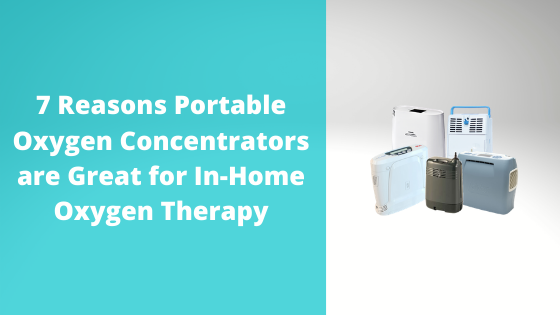
Here at LPT Medical, we’ve always taken pride in offering respiratory patients the resources they need to make educated decisions about their condition. With all the misinformation that’s out there on the web, it’s been our top priority to provide detailed, transparent, and factual information about issues that affect you the most such as oxygen therapy, diet, and exercise.
Rather than discussing untested alternative therapies or drastic lifestyle changes, we focus on practical solutions that are backed by decades of scientific studies. We also like to stress the importance of having open lines of communication with your doctor and pulmonologist, because ultimately, he/she understands the complexities of the disease you face better than anyone.
Given the current circumstances regarding the novel coronavirus (COVID-19), we understand if you’re skeptical of any information that you read on the internet. In times like these, people often rush to disseminate information without taking the time to first verify its validity. To counter this, we’re going to stick to a topic that we know and love — portable oxygen concentrators.
If you’re stuck at home due to the coronavirus lockdowns, you may be wondering what use you’d have with a “portable” oxygen concentrator. After all, these oxygen machines were designed for people who want to get out of their house and get moving. But this doesn’t necessarily mean they aren’t a great option for people with a sedentary lifestyle as well. Read on to learn more and be sure to fill out the contact form at the side of the page if you want to speak with a respiratory specialist.
What is a Portable Oxygen Concentrator?
An oxygen concentrator is a device that takes ambient air, removes nitrogen, argon, and other impurities, and puts out high-grade medical oxygen. Until recently, all oxygen concentrators were immobile and they had to be plugged into an electrical outlet in order to operate. This wasn’t ideal, because many oxygen patients felt restricted in what they could do and accomplish in their day-to-day life.
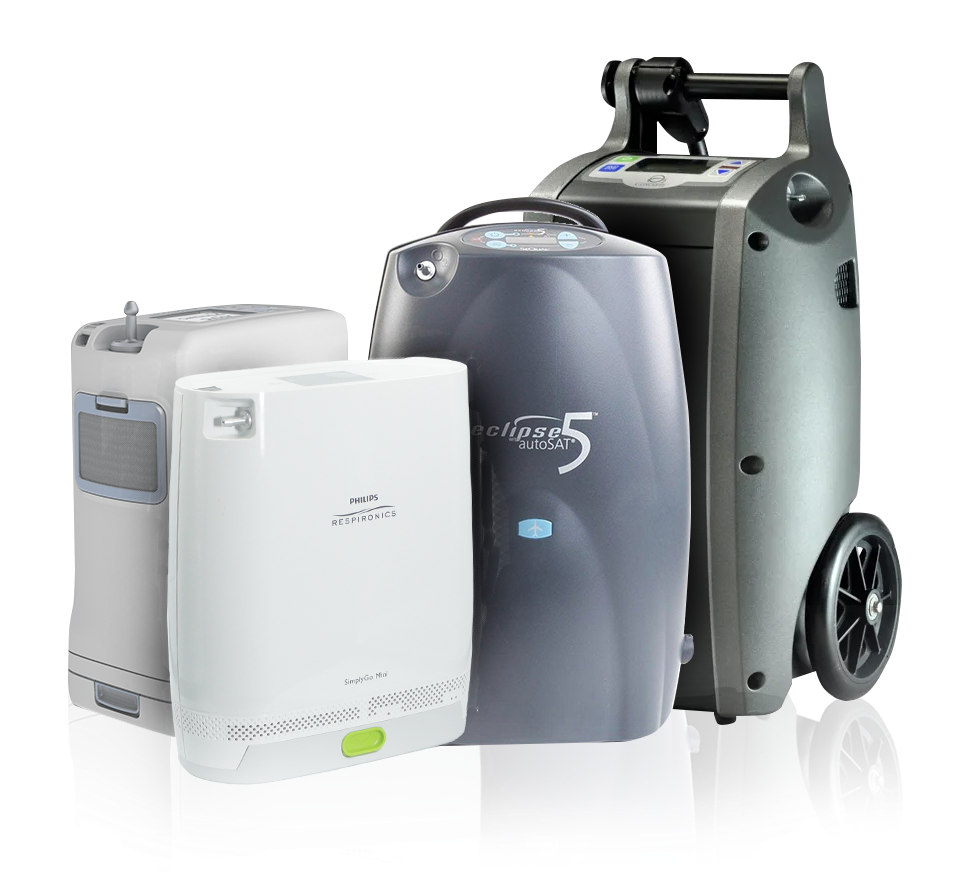
In the early 2000s, oxygen concentrators began to be replaced by lightweight portable oxygen concentrators. Rather than running off of a wall outlet, these new oxygen machines had batteries that could be charged and replaced, making it easier than ever for oxygen patients to get out of the house with the comfort of having access to high-grade medical oxygen wherever they went. While these new oxygen generators had many benefits over their counterparts, home oxygen concentrators remain popular to this day.
There are two different types of portable oxygen concentrators on the market: continuous flow portable oxygen concentrators and pulse dose (pulse flow) portable oxygen concentrators. A pulse dose unit conserves power by only administering oxygen when the user inhales and a continuous flow unit puts out a constant stream of oxygen. Because they have to filter more air, continuous flow portable oxygen concentrators tend to be a lot larger and bulkier. Let’s take a look at some of the reasons portable oxygen concentrators are often the best option for in-home oxygen therapy.
{{cta('fa8abc2a-1e88-4fa3-82fd-1cb5b9ed43b2','justifycenter')}}
1.) You Can Navigate Your Home More Easily
Although portable oxygen concentrators are designed for people who want to get out of the house, people often forget that they’re also a great option for anyone who wants to navigate their home more easily as well. From doing chores to cooking dinner and performing your daily pulmonary exercise routine, it’s imperative that COPD patients stay as active as possible.

First and foremost, portable oxygen concentrators are the lightest oxygen devices on the market. Pulse dose portable oxygen concentrators usually weigh under 6 pounds which is light enough to sling over your shoulder and carry with you wherever you go without suffering back pain or fatigue. The Inogen One G5, for example, weighs in at just 4.7 pounds and it still has a higher oxygen output than most POCs on the market.
.png)
On the other hand, people who use an oxygen tank or home oxygen concentrator find that there’s a lot to be desired. When it comes to compressed oxygen, the size of the unit directly correlates to the amount of oxygen you’ll have access to. This is because oxygen can only be compressed to a certain pound-force per square inch (psi) before it becomes too dangerous to use. Home oxygen concentrators will provide you with an infinite supply of oxygen, but they need to be plugged into an electrical outlet at all times, meaning they’re not ideal for someone who wants to navigate their home more easily.
2.) They’re Safer Than Their Alternatives
Safety should be a top priority when handling oxygen. Although oxygen is an essential gas that we depend on every day for our survival, it also has a lot of risks associated with it when it’s not handled properly. Contrary to popular belief, oxygen is not a flammable gas, but it is what’s called an oxidizer. This means that anything that oxygen is exposed to, it becomes more flammable. In other words, a fire that’s exposed to high levels of oxygen will burn more easily than a fire that is not exposed to high levels of oxygen.
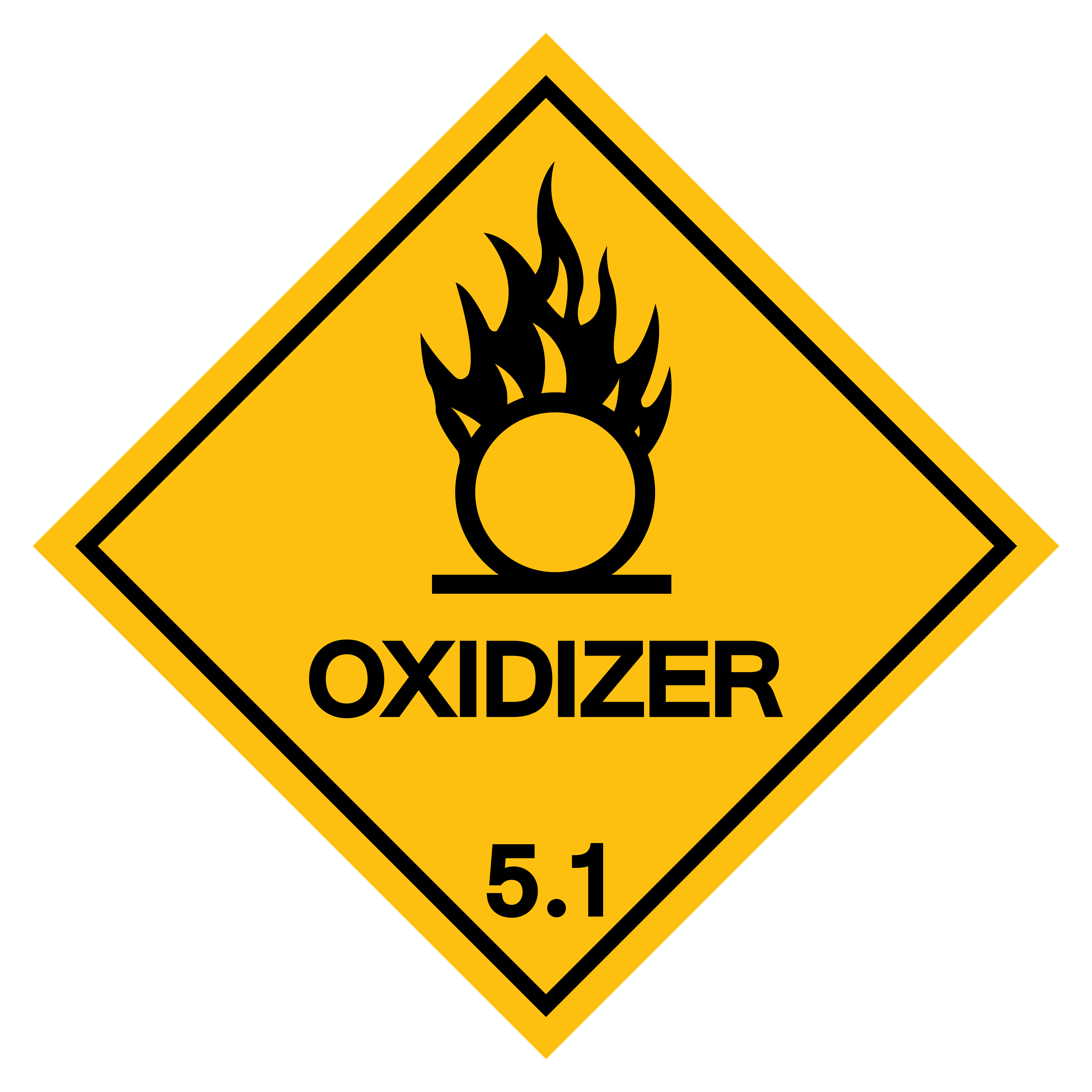
The problem with compressed oxygen, liquid oxygen, and home oxygen concentrators is that they all use continuous flow oxygen delivery. If you happen to drop your nasal cannula and leave it there, you could be putting yourself and loved ones in danger. However, the pulse dose technology that’s used in many portable oxygen concentrators cuts off the oxygen supply if no breath is detected. While this is implemented in order to save battery life, it also acts as a safety mechanism.
With everything that’s going on in the world right now, it’s imperative that you feel safe within your own home. You likely already spend a lot of time disinfecting your home and following all other coronavirus prevention protocol, so having a safe oxygen concentrator will give you one less thing to worry about during these uncertain times.
3.) They’re More Affordable Than Their Alternatives
Unfortunately, many people will invest in a home oxygen concentrator or oxygen tank with the assumption that it’s the cheapest option available to them. But when you take into consideration both upfront and long-term costs, you’ll find that portable oxygen concentrators can be as cost-effective if not more so than their counterparts.
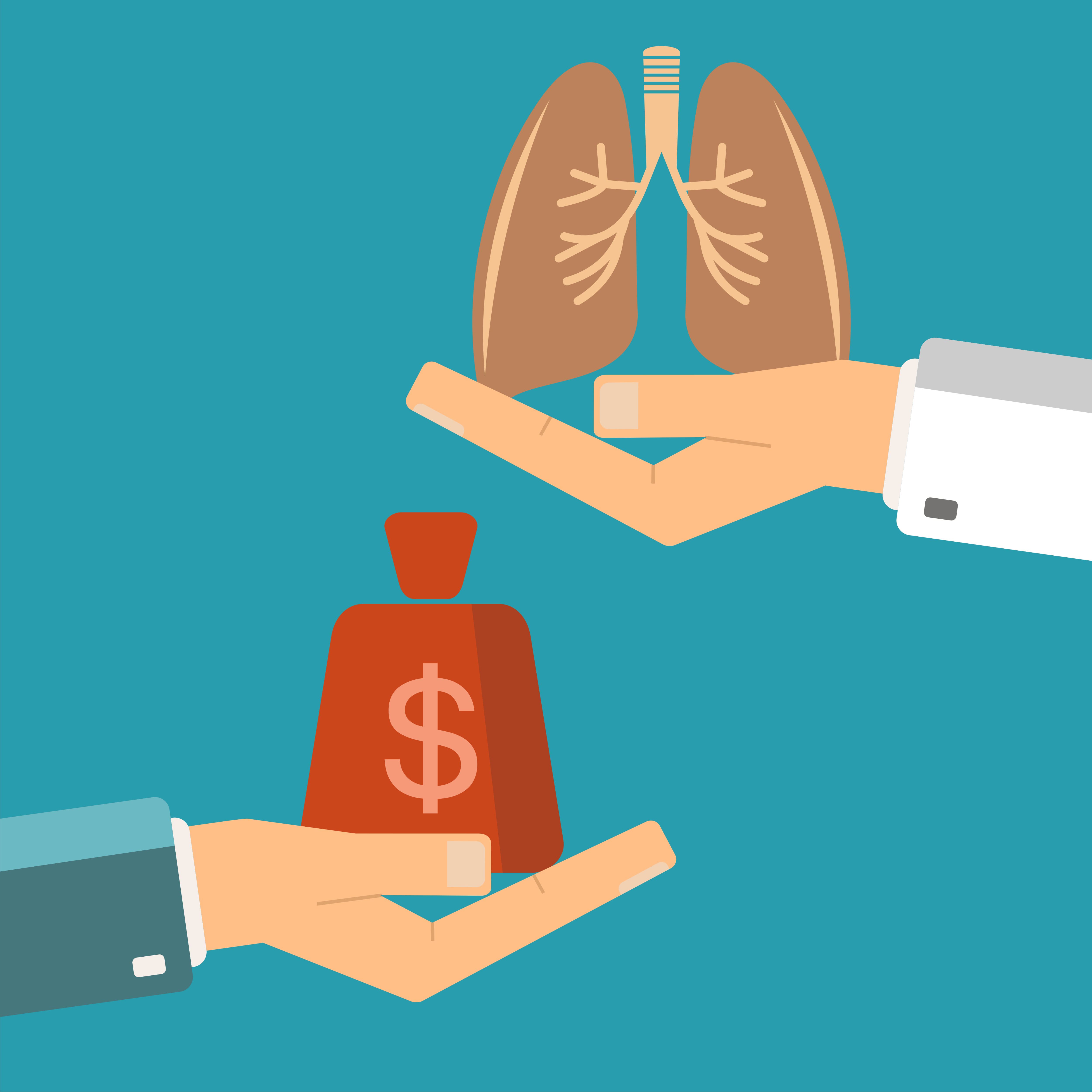
Oxygen tanks are appealing to many oxygen users because of their low upfront cost. You can purchase an oxygen tank for several hundred dollars, but this doesn’t take into account the costs that will be incurred over the next several months and years. If you want to refill your own oxygen tanks, you’ll need to buy what’s called a “home fill station.” These will run you several thousand dollars, not to mention they take up a lot of space. Alternatively, if you choose to have a professional refill your oxygen tanks, you’ll likely incur hundreds, if not thousands of dollars in service costs.
.png)
When you purchase a portable oxygen concentrator, you’ll eliminate the majority of these long-term costs. These machines are designed to be energy efficient and they’re made of durable components that will last for years to come without needing to be replaced. In fact, most POCs on the market are designed to last 5 years or more. In the event that you receive a defective unit, you’ll be happy to know that most POCs come with a 3-year warranty which can often be extended to 5-year or even a lifetime warranty.
{{cta('b59df0c1-c4de-47a8-8e1c-0d33d4b414aa','justifycenter')}}
4.) They Offer More Choices for Patients
Life is all about choices, and the more choices we have, the more freedom we have. Unfortunately, home oxygen concentrators and oxygen tanks don’t offer much in the way of options. While you will be able to choose between different brands, there isn’t a large degree of difference between the actual units themselves aside from quality and size.
Portable oxygen concentrators, on the other hand, offer plenty of options you can choose from, allowing you to pick something that matches your lifestyle. For example, you could purchase a POC like the Caire FreeStyle Comfort which provides you with an outstanding 1,050 ml/min of oxygen or if you want your POC to be as light as possible, you can buy the AirSep Focus which weighs in at only 1.75 pounds!
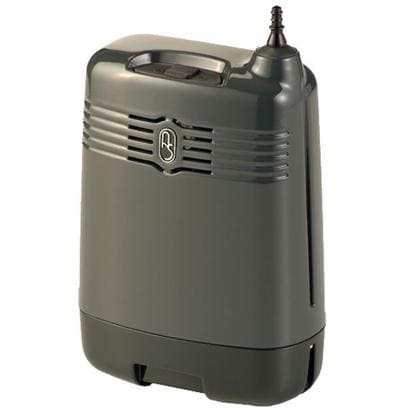
Another freedom you’ll enjoy with portable oxygen concentrators is the wide range of accessories that’s available for them. Most POCs are released with accessories such as carrying bags, backpacks, rolling carts, battery packs, and external battery charges, all of which enable you to customize and improve your oxygen experience.
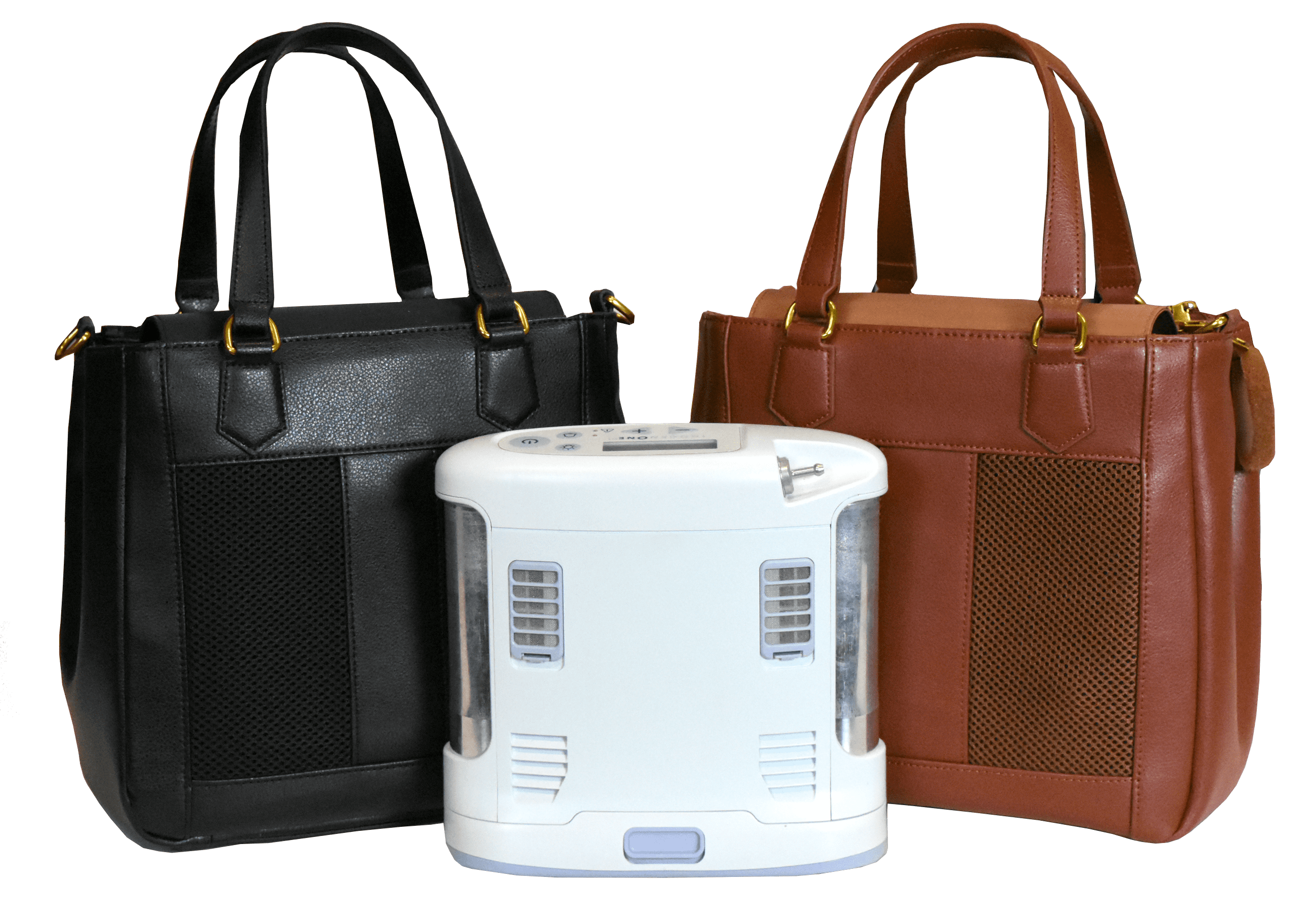
5.) Many POCs Offer Telehealth Services
Telehealth is a fairly new concept, but it’s one that’s shaping the future of healthcare. In fact, in the wake of the novel coronavirus, the need for telehealth services has seen a sharp increase due to the fact that more people are staying home, and people with chronic conditions like COPD want to have access to health services without leaving the home. According to a survey by Black Book Market Research, 59 percent of respondents said they would be more likely to use telehealth services given the current circumstances; 33 percent even said they would leave their current physician for one who supports it.

It may surprise you to know that portable oxygen concentrators are paving the way for telehealth technology in many ways. The Caire FreeStyle Comfort, for example, comes equipped with a program called CAIREview™. Essentially, what this does is provides a cost-effective oxygen usage tracking solution for anyone who owns this travel oxygen concentrator. When you want to learn about your oxygen usage, simply download the app on a mobile phone, tablet, or computer. You can even have information sent directly to your pulmonologist.
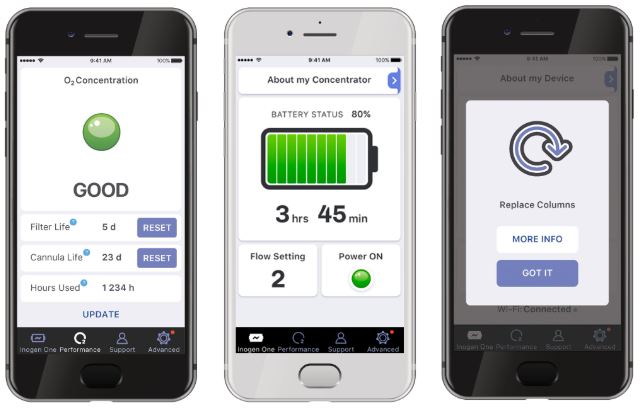
Another example of telehealth services is the Inogen Connect app for the Inogen One G4 and Inogen One G5 portable oxygen concentrators. This application is similar to the CAIREview™ but it provides some additional functionality. For example, you’ll receive system updates for your G4 and G5 that can fix glitches in the system. You can also receive special discounts and coupons directly from Inogen. The best part of all is that it’s 100 percent free to download and use.
Last but certainly not least, we offer a free Thrive ePulmonary Advanced workshop FREE with the purchase of any portable oxygen concentrator. This is one of the most reputable and trusted online learning programs and you can experience its full benefits without ever leaving the comfort of your own home. The program includes the following:
- Step-by-step breathing exercises
- Online e-books and respiratory guides
- Access to private support groups
- Access to medical professionals including pulmonologists and respiratory therapists
-
Learn skills to help slow the progression of your disease

There’s no understating the importance of telehealth services during uncertain times like these. By investing in a portable oxygen concentrator rather than another type of oxygen therapy, you’ll be more connected than ever before despite not being able to leave your home. As a COPD patient, you’ll be able to closely track your oxygen usage and have that information sent directly for your pulmonologist to interpret it.
6.) They’re Great for 24/7 Use
In certain situations, patients may be required to use supplemental oxygen while they sleep. This is more common in people with severe COPD or obstructive sleep apnea (OSA), a condition where the airways are blocked off during sleep. When this happens, you will need a reliable source of medical oxygen that’s designed for 24/7 use. Most portable oxygen concentrators support nighttime use and POCs like the Inogen One G5 even have a special Sleep Mode Technology that will help deliver precise oxygen boluses while you sleep.
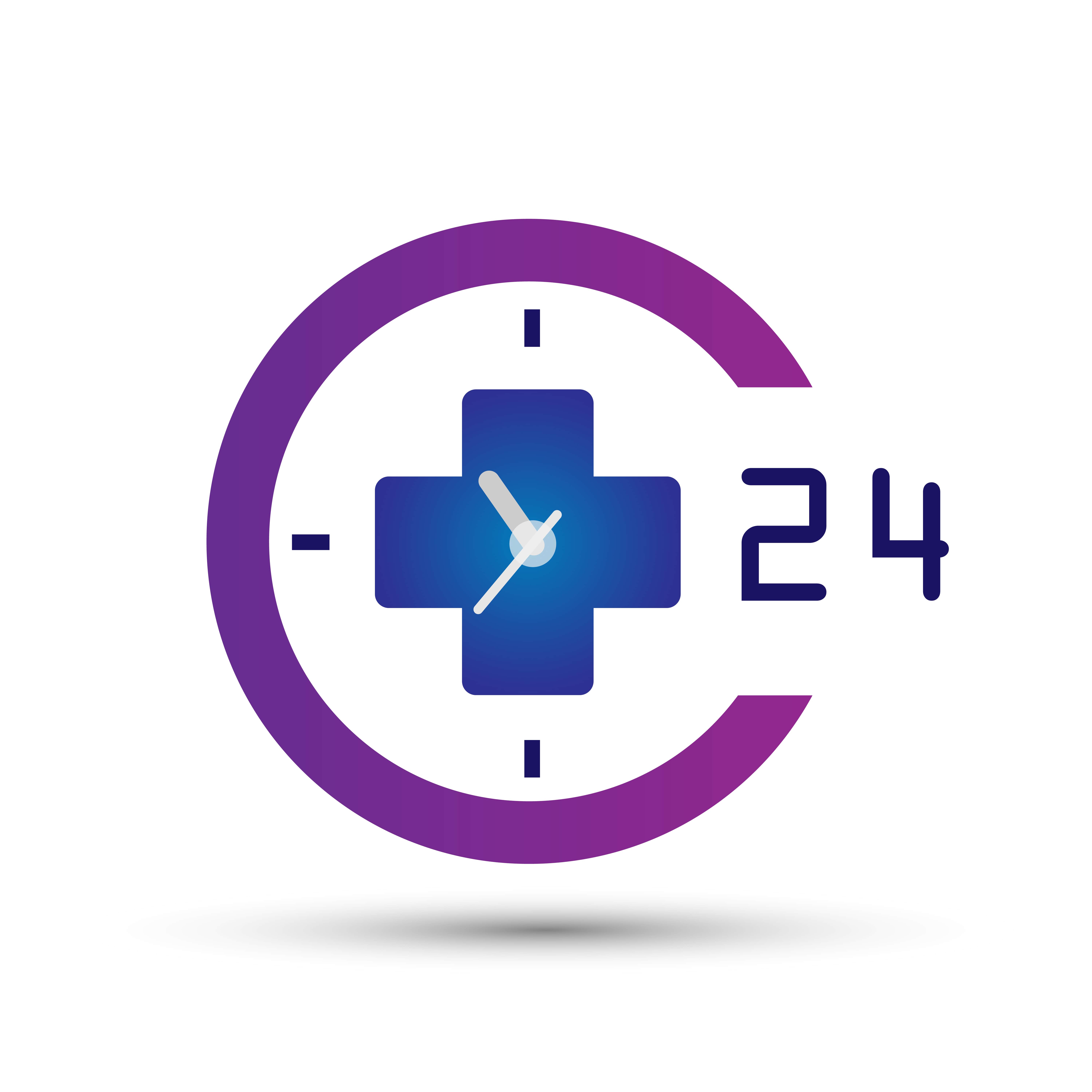
One thing to note about sleeping with oxygen is that pulse dose concentrators are NOT compatible with CPAP and BiPAP machines. The reason for this is because pulse dose concentrators need to be able to detect your breathing to a tee in order to deliver oxygen at the right time. Unfortunately, CPAP and BiPAP machines interfere with this process so you’ll need to use a continuous flow oxygen machine. Home oxygen concentrators and oxygen tanks will work well with your CPAP machine, but continuous flow portable oxygen concentrators will be the ideal choice.
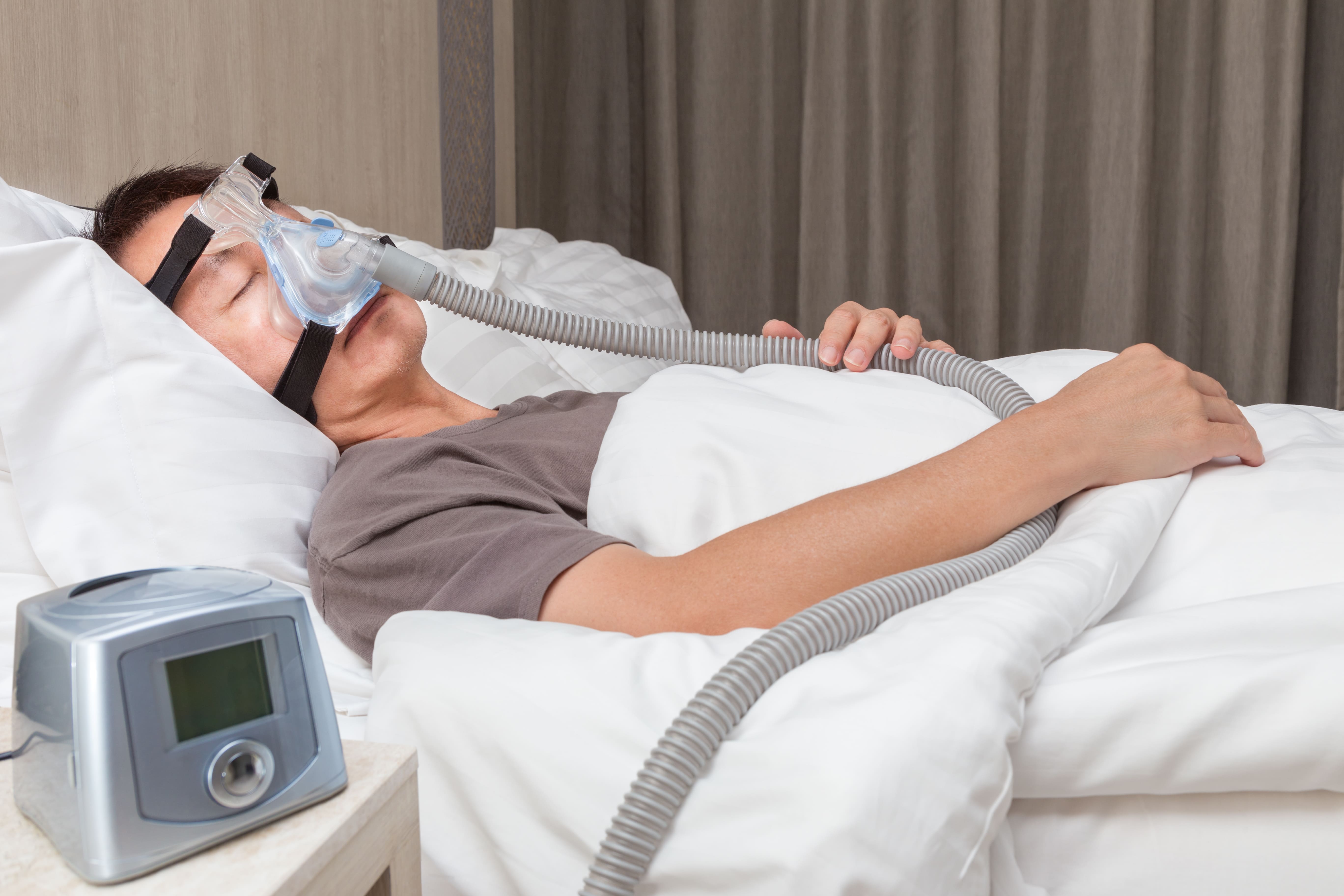
7.) They’re the Best Long-Term Option
Truthfully, the coronavirus lockdown isn’t something we’re going to have to deal with forever. In fact, many states are already talking about ways to reopen their economies and allow people to safely reintegrate into public areas. While it will likely be some time before COPD patients will want to get back out into the world, it’s in your best interest to be prepared for when it does happen.

One thing you’ll probably want to do once the time comes is to start traveling again and in which case, you’re going to want to have a portable oxygen concentrator rather than a bulky oxygen tank. POCs are approved by the Federal Aviation Administration (FAA) for in-flight use both inside and outside of the United States. They’re also approved by most cruise lines along with other types of transportation.
{{cta('43b79c5e-6bd6-4f02-ac27-2d038d20c146','justifycenter')}}
Conclusion
The last couple of months have been very challenging for many people, especially those with chronic conditions that put them at a higher risk of experiencing severe COVID-19 symptoms. Many COPD patients, in particular, are concerned about how they will continue to receive the medical help they need despite not being able to visit their doctor. Fortunately, things like telehealth services are available that can make this a little easier.
When it comes to choosing a medical oxygen device, there are plenty of great options, but we strongly believe portable oxygen concentrators offer the greatest short- and long-term benefits without breaking the bank. If you’d like to learn more about the POCs we have to offer, please fill out the contact form at the side of the page and one of our respiratory specialists will reach out to you as soon as possible.


 So we can find the best portable oxygen concentrator for your needs!
So we can find the best portable oxygen concentrator for your needs!
